Island beach holiday in Okinawa
When it comes to beaches in Japan, not many places can rival the ones in Okinawa, Japan's southernmost prefecture. In fact, Okinawa is where many locals go when they want to enjoy white sand beaches, blue waters and a laid back atmosphere - the perfect ingredients for an idyllic beach holiday.
The Keramashoto National Park is one of three national parks in Okinawa Prefecture, and the remote islands can be reached in less than an hour by high speed boat from the prefectural capital of Naha. The small islands are popular snorkeling and scuba diving destinations, and make for an attractive holiday location considering their proximity and ease of access from the capital city.
The two other national parks are Iriomote-Ishigaki National Park, which is about an hour further south of Naha Airport by plane, and Yambaru National Park, which is about two hours by car north of central Naha.
I visited Zamami Island, the second largest island of the Kerama Islands, for a beach holiday. I spent my days snorkeling in the blue waters, cycling around the main village and visiting a few observation decks. It was a fantastic trip which allowed me to soak up lots of sunshine, experience the rustic island life and enjoy nature both on land and underwater.
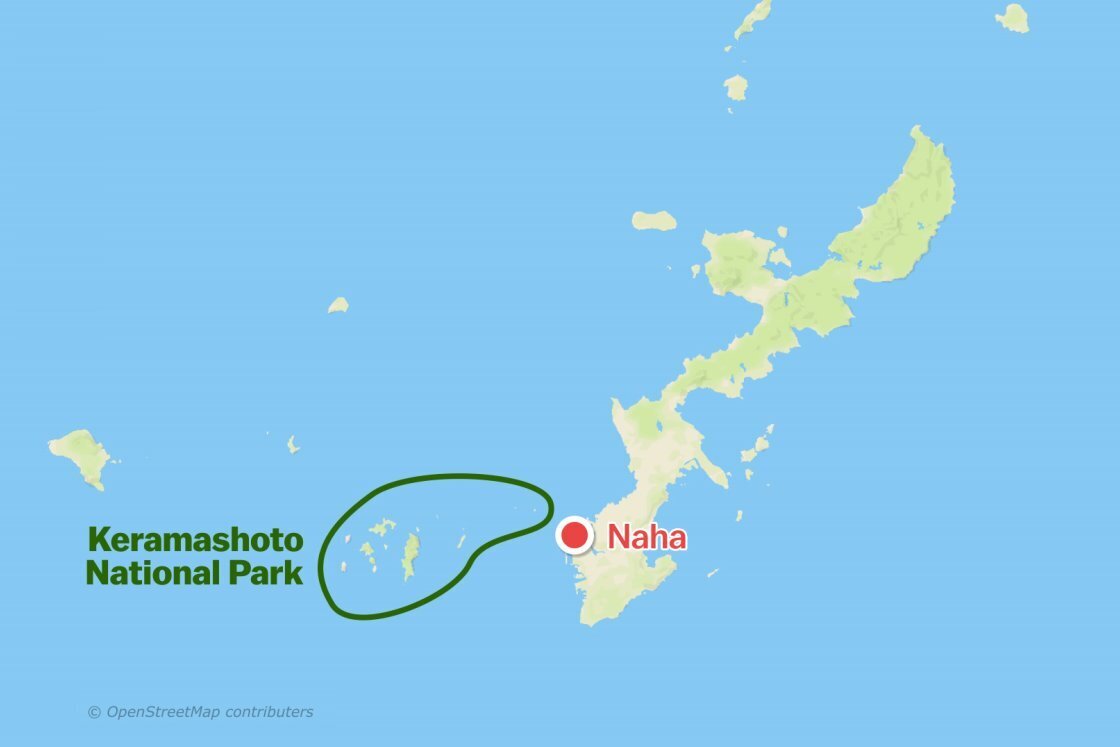
Day 1
I started my holiday by taking the high speed boat from Naha's Tomari Port, and in a mere 50 minutes, I arrived on Zamami Island which has a population of only about 600.
The island has three villages, of which Zamami Village near the port is the largest and where most of the island's lodgings and restaurants can be found. I spent most of my first day exploring Zamami Village. Scooters and rental cars are also available, but I found the simple bicycle to be sufficient during my stay on Zamami Island.
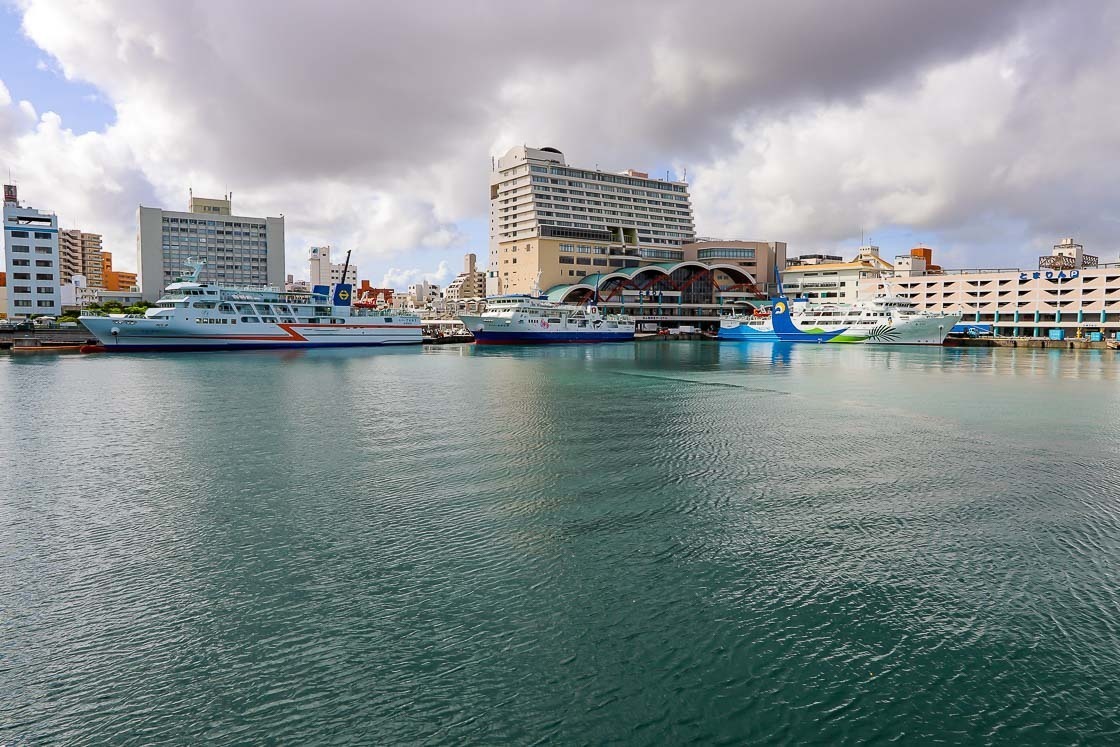
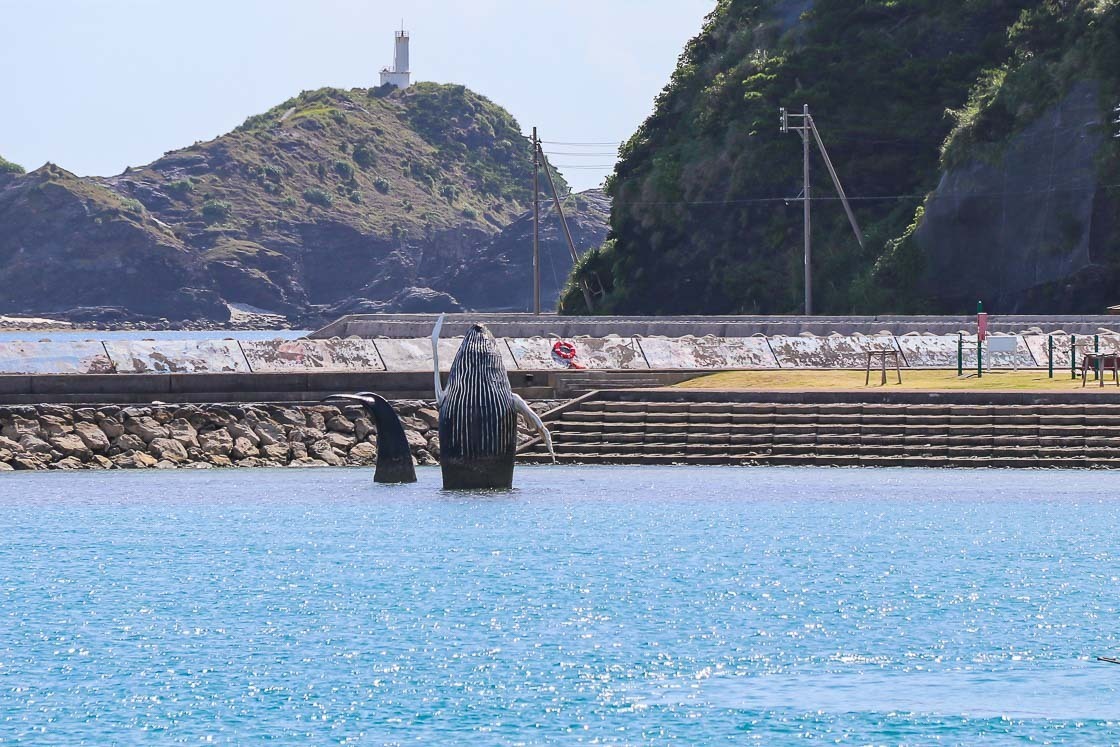
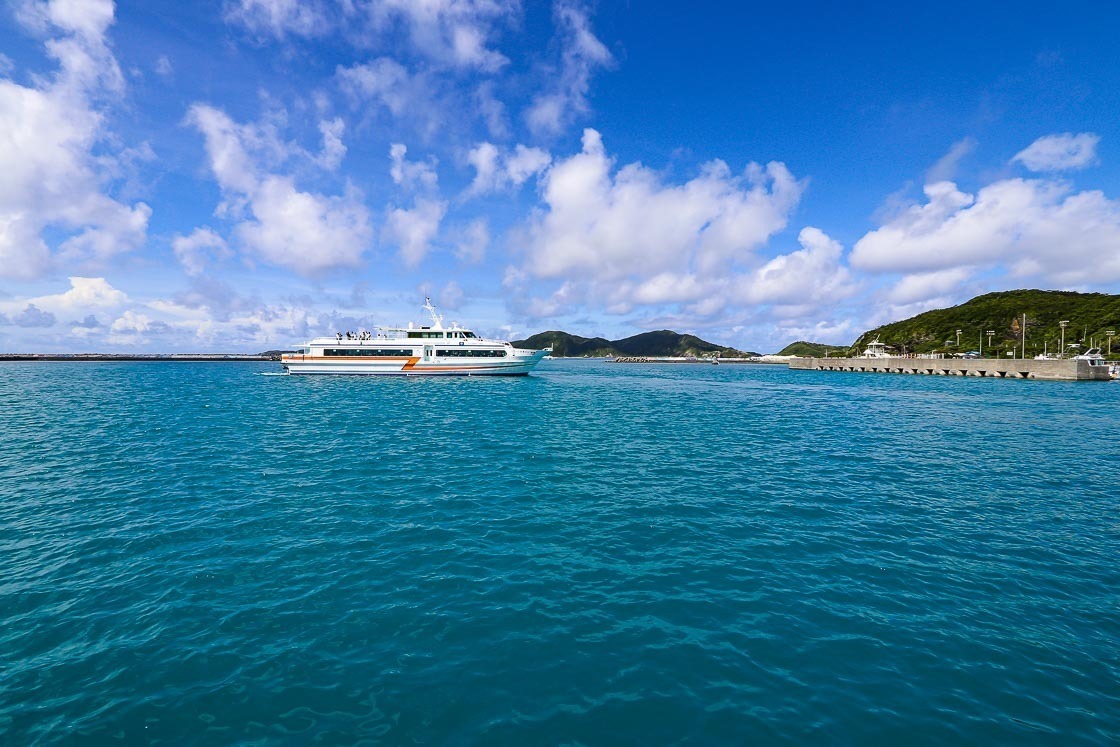
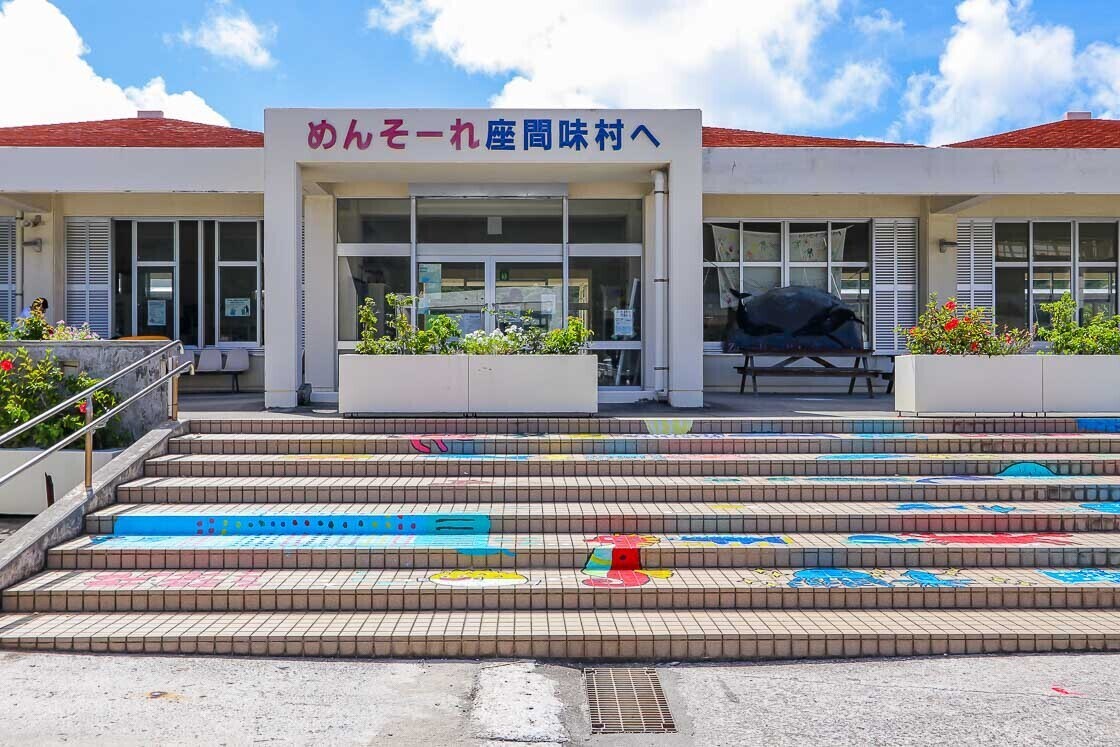
From the port, I walked a few minutes to my accommodation to drop my bags and rent a bicycle. Then, it was an approximately 15 minute bicycle ride to the beach. Furuzamami Beach can be said to be one of the icons of the Kerama Islands. The white sand beach and clear blue waters filled with coral and marine life is a highly recommended top spot for snorkeling and sunbathing. During the warmer months, rental shops are open for business, offering beach paraphernalia like parasols, sunbeds and snorkeling equipment, and food and drinks.
The waters at Furuzamami Beach have a depth of about 2 to 5 meters, and there is a large coral reef a few meters from the shore. I saw families with young children enjoying the waters near the beach and snorkelers further out in the water checking out the marine life. I did not waste time and entered the water soon after arriving, and was greeted by fish and coral. I spent some time snorkeling and sunbathing at the beach, before slowly packing up and heading back to Zamami Village.
In order to protect the coral, the locals are working together to shift the swimming zone at Furuzamami Beach depending on the tide. Note that life jackets are recommended for those who plan to snorkel. The purpose of a life jacket is two-fold: to provide in-water support and keep the wearer from drowning, and to prevent the wearer from sinking too close to, and thus, damaging the coral.
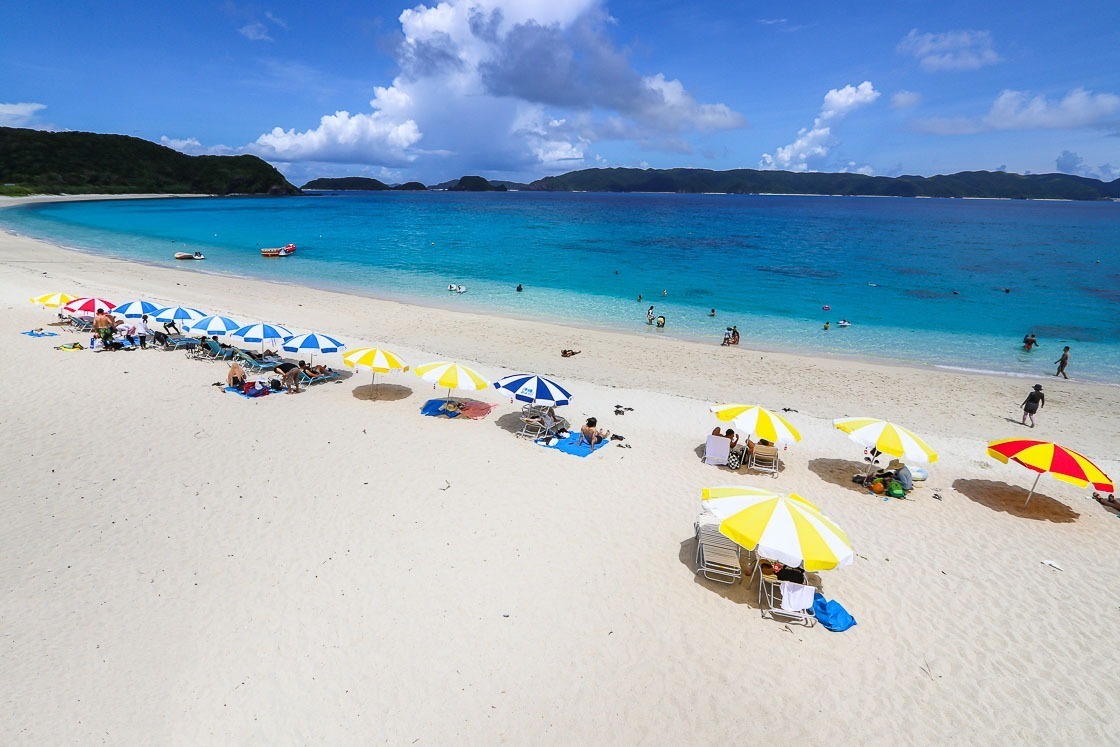
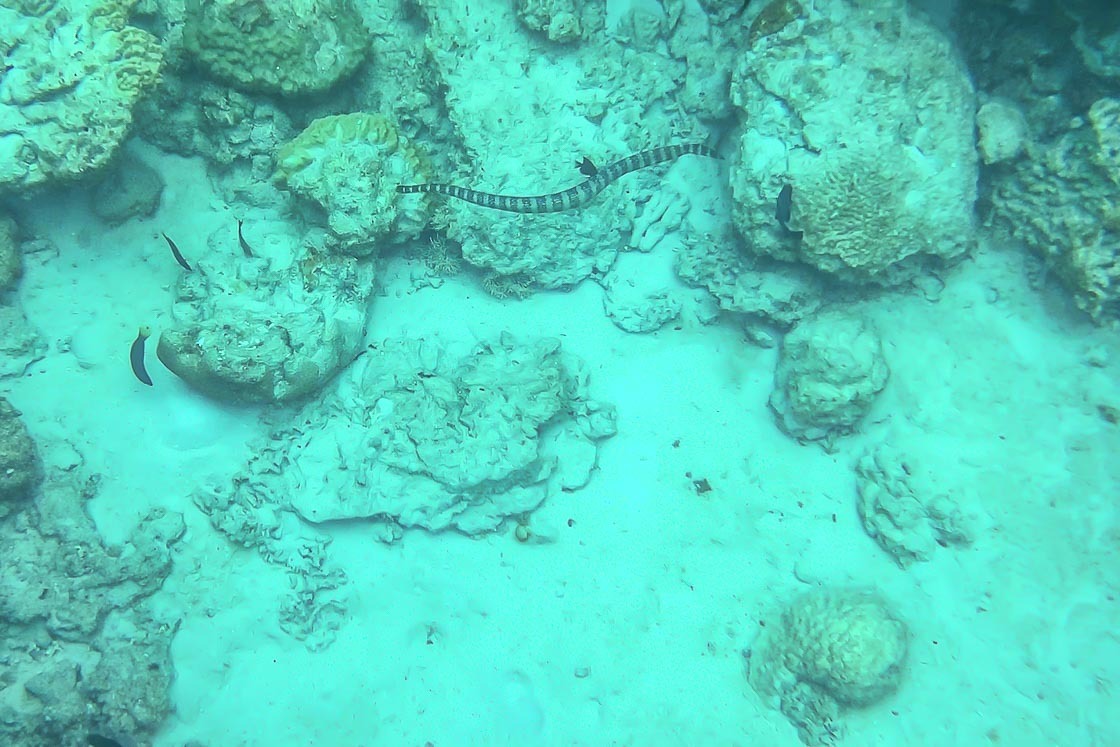
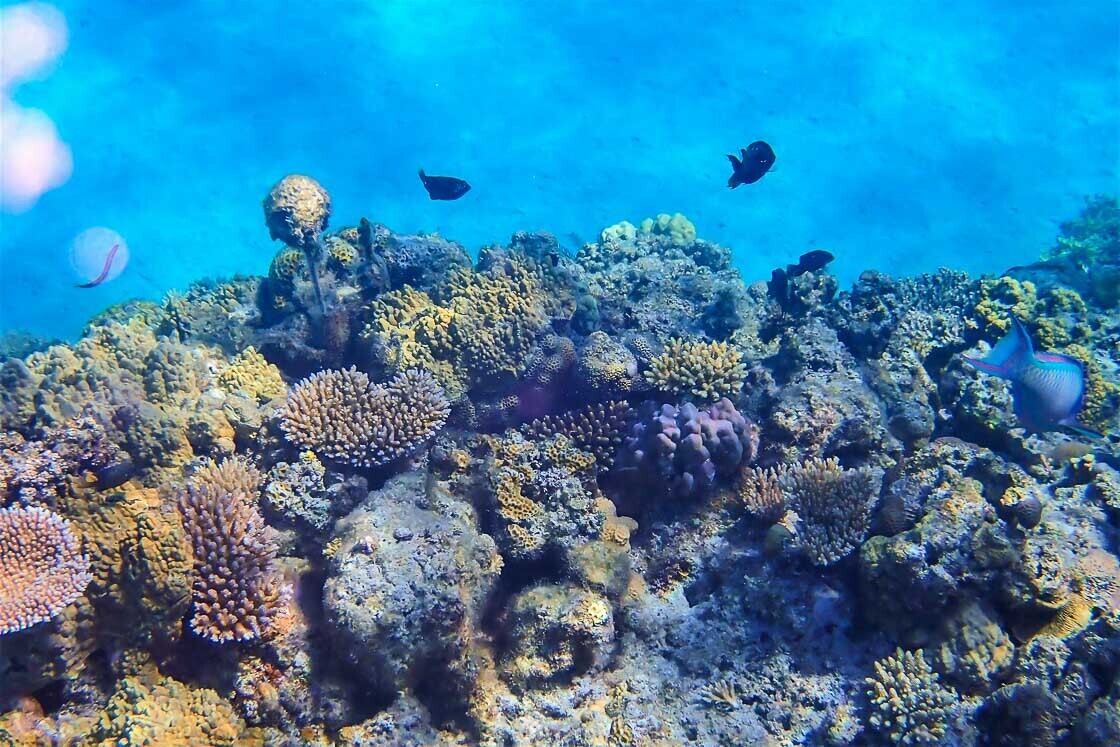
Back in Zamami Village, I spent some time walking around, checking out the local sights. I saw many lion-dog statues or shisa as they are known in Japanese, at the entrances of buildings and on roofs. These shisa, which are uniquely Okinawan, are typically found in pairs - one female and one male - and said to ward off bad luck. Traditional shisa are typically monotone and made out of red clay or stone, and I particularly enjoyed looking out for the modern versions which have quirky expressions and are vibrantly colored.
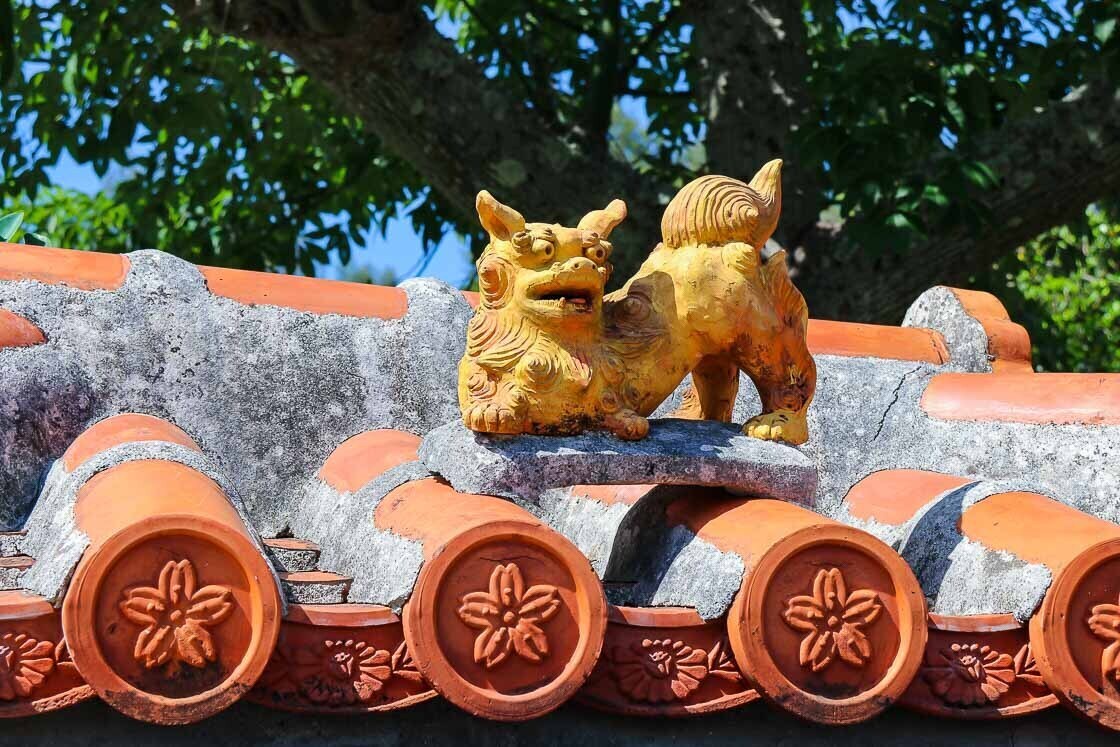
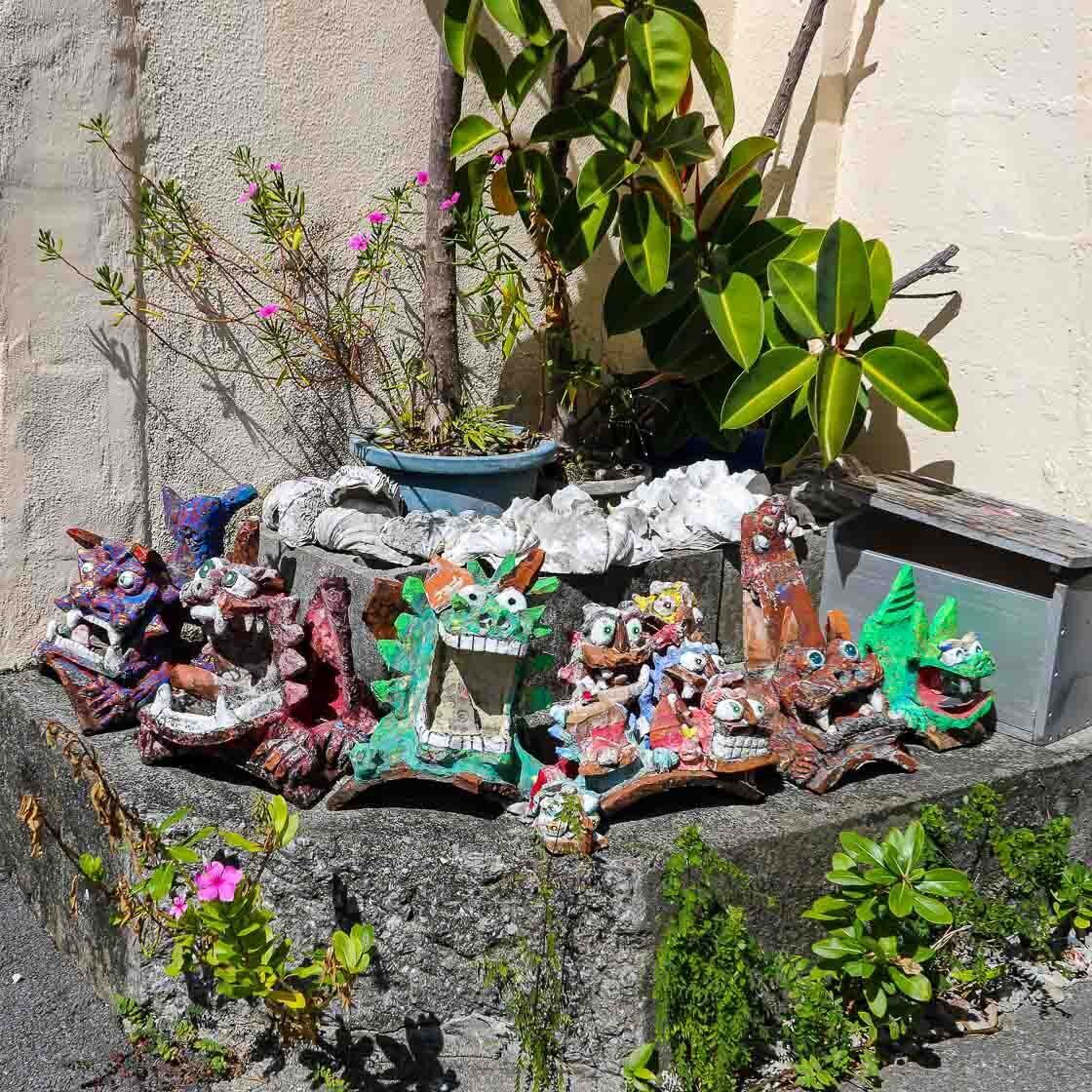
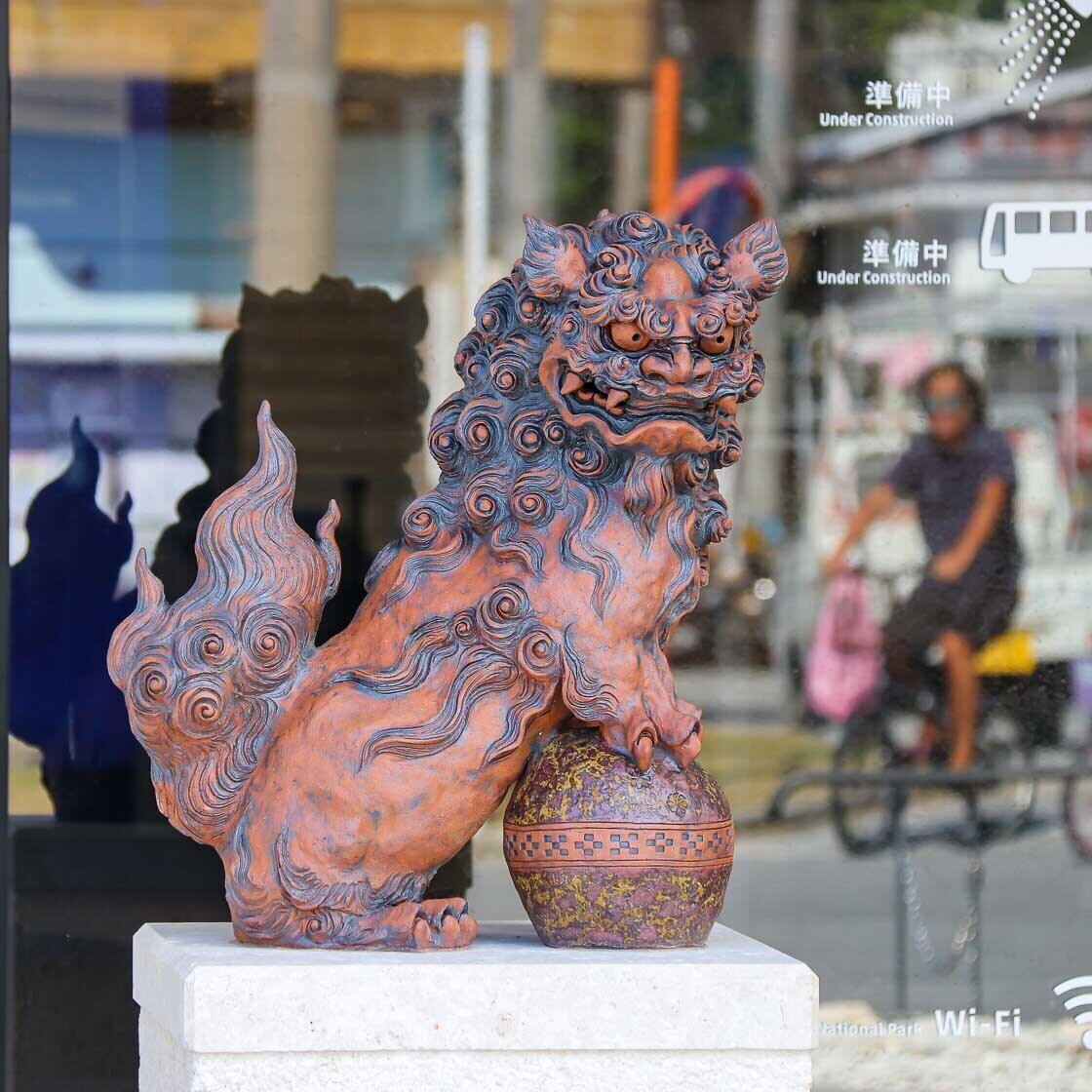
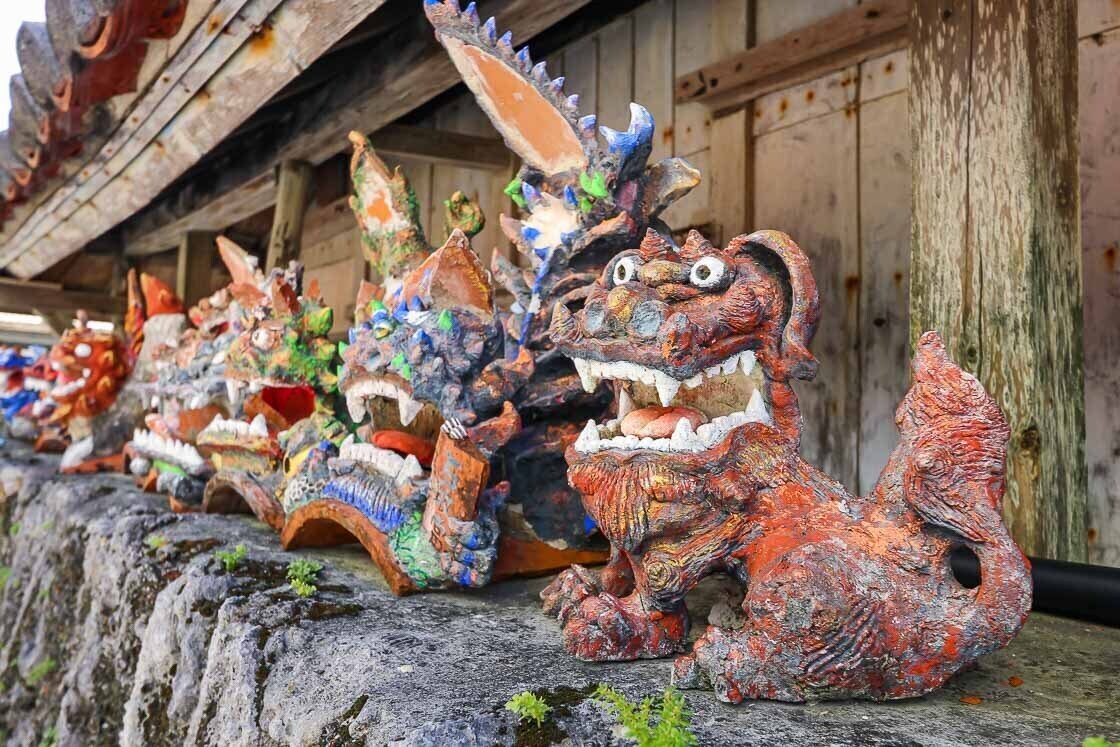
Another uniquely Okinawan detail are the roofs of buildings which are usually low or flat. Additionally, traditional Okinawan residences also have a stone wall surrounding the premises, so all that one could see from the outside was just the top of the roofs. The purpose of this construction is to withstand the strong coastal winds as well as typhoons, which frequently visit the region from late spring to autumn. Walls made of coral can also be seen on the island, showing the longstanding relationship between the islanders and the sea.
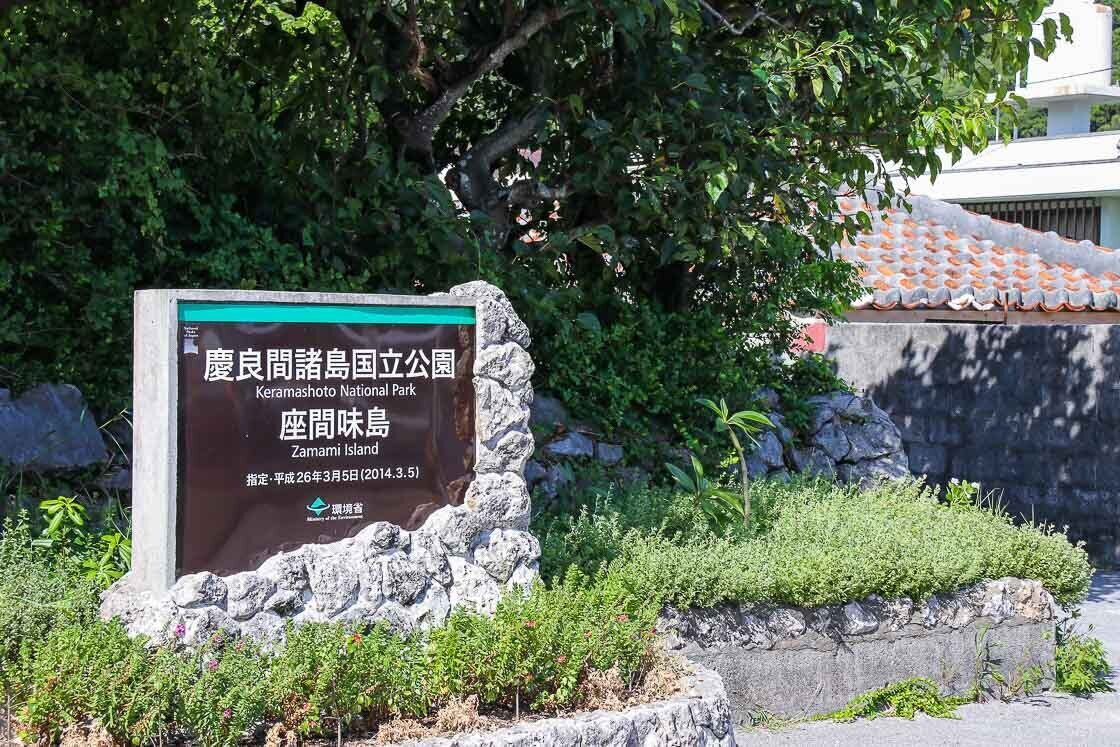
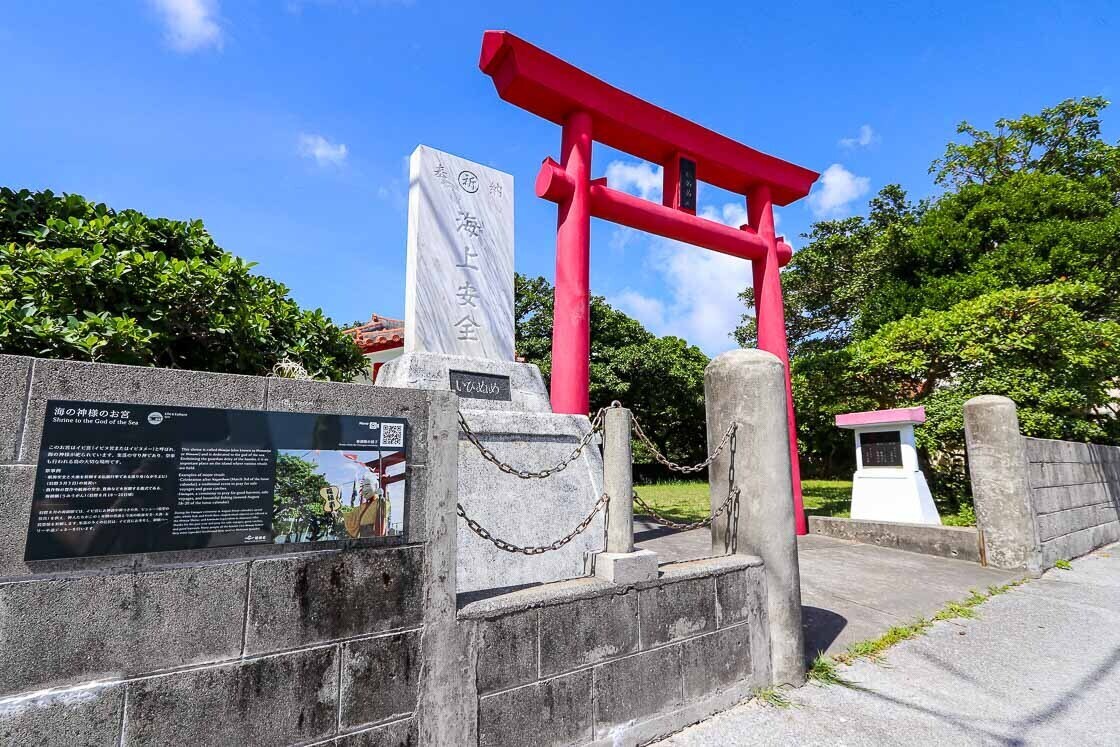
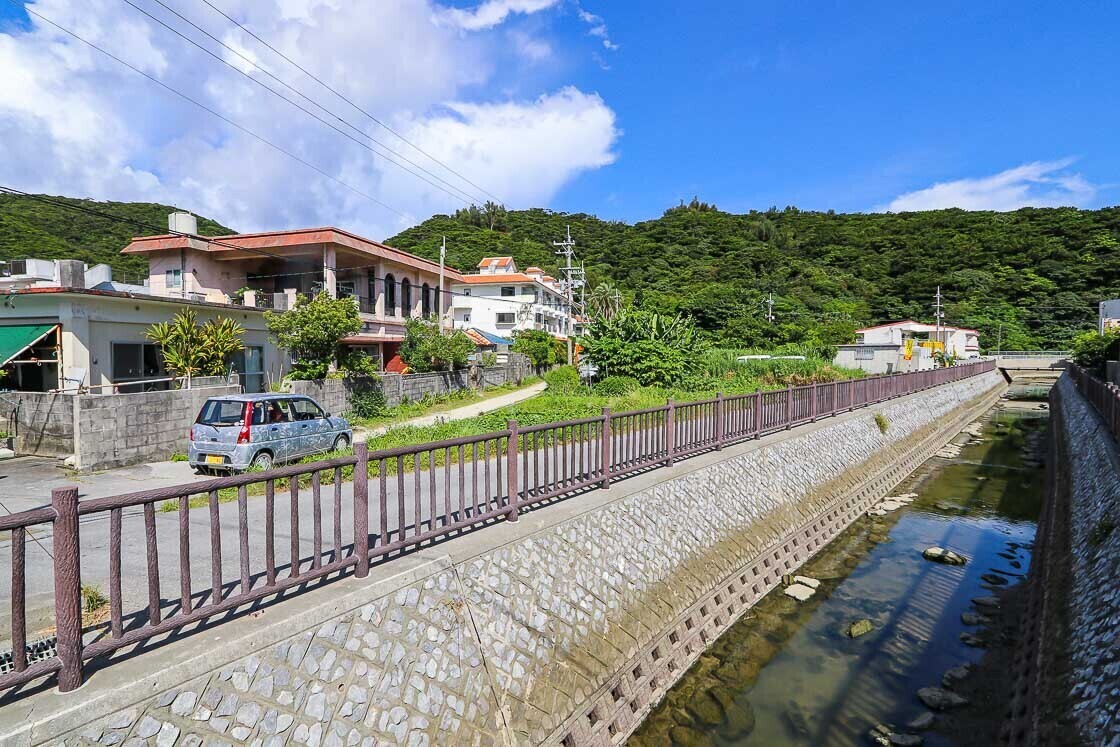
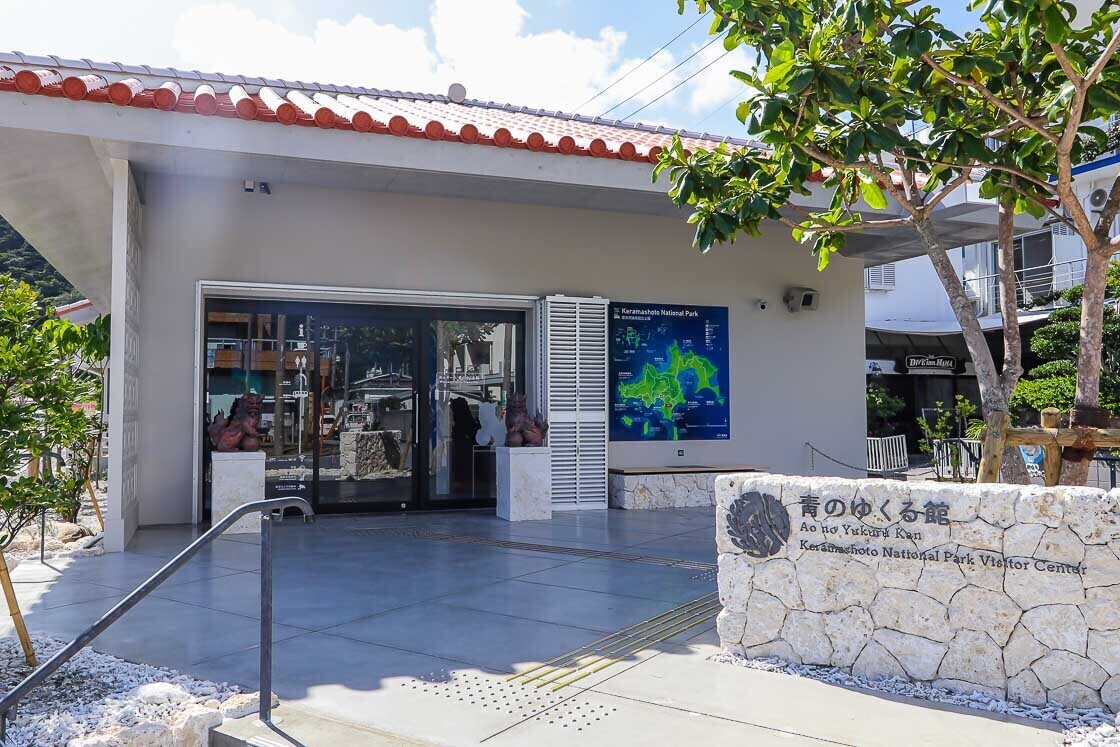
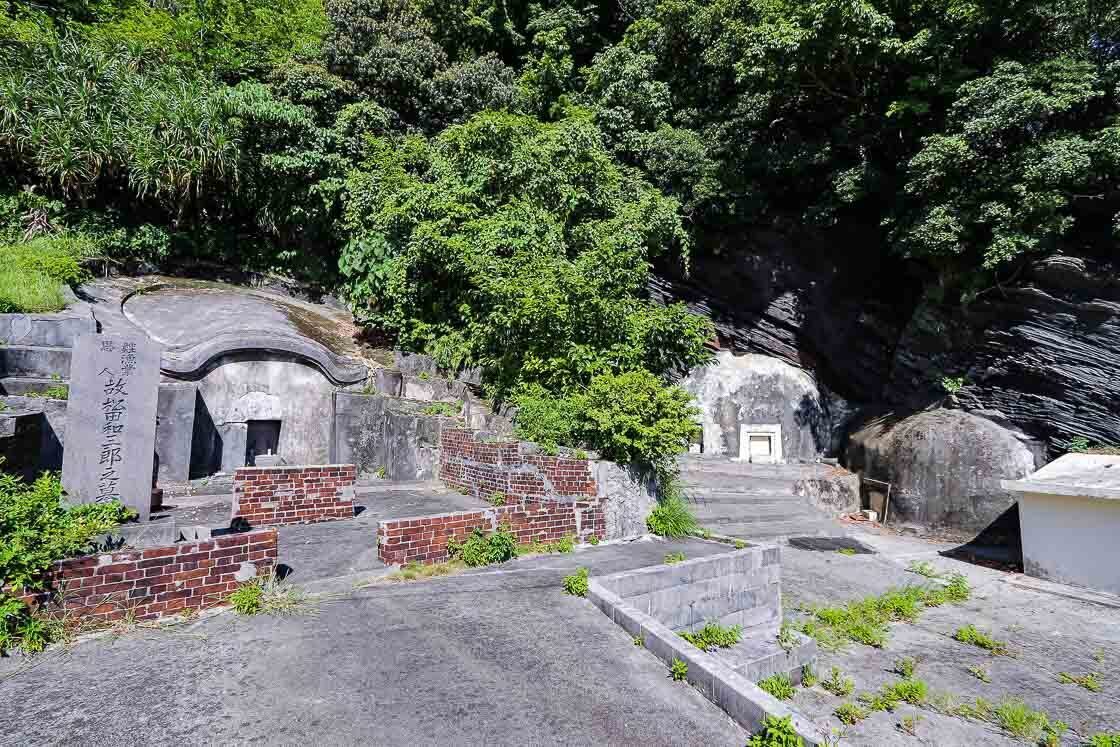
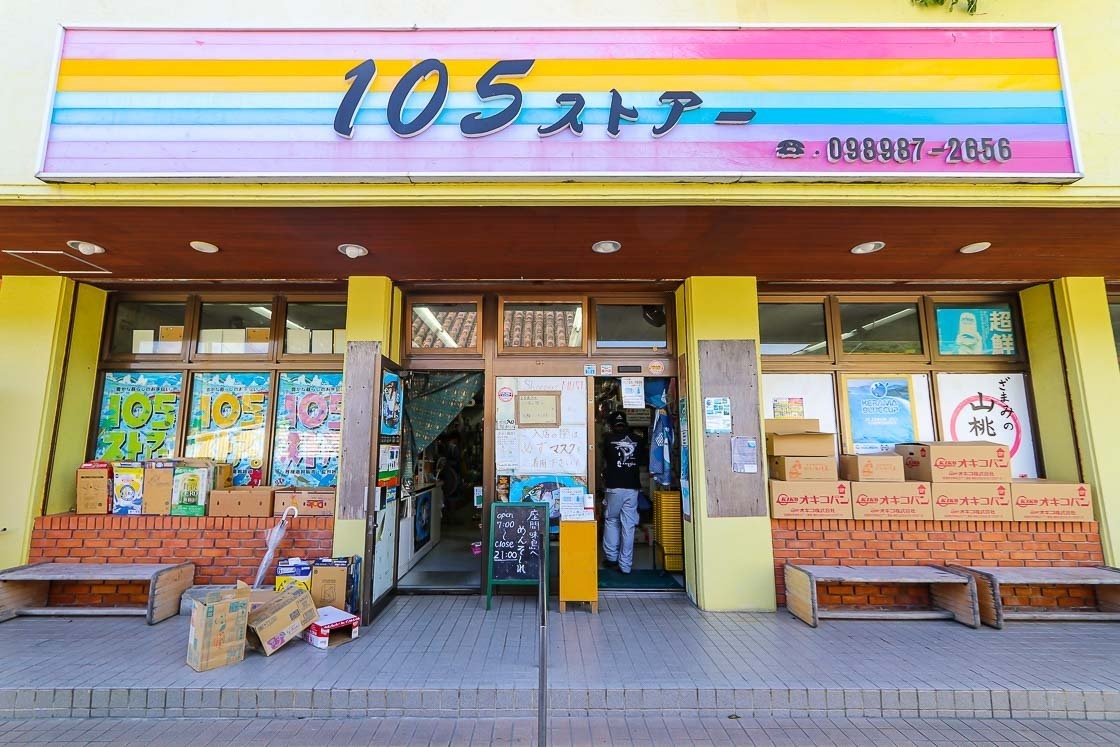
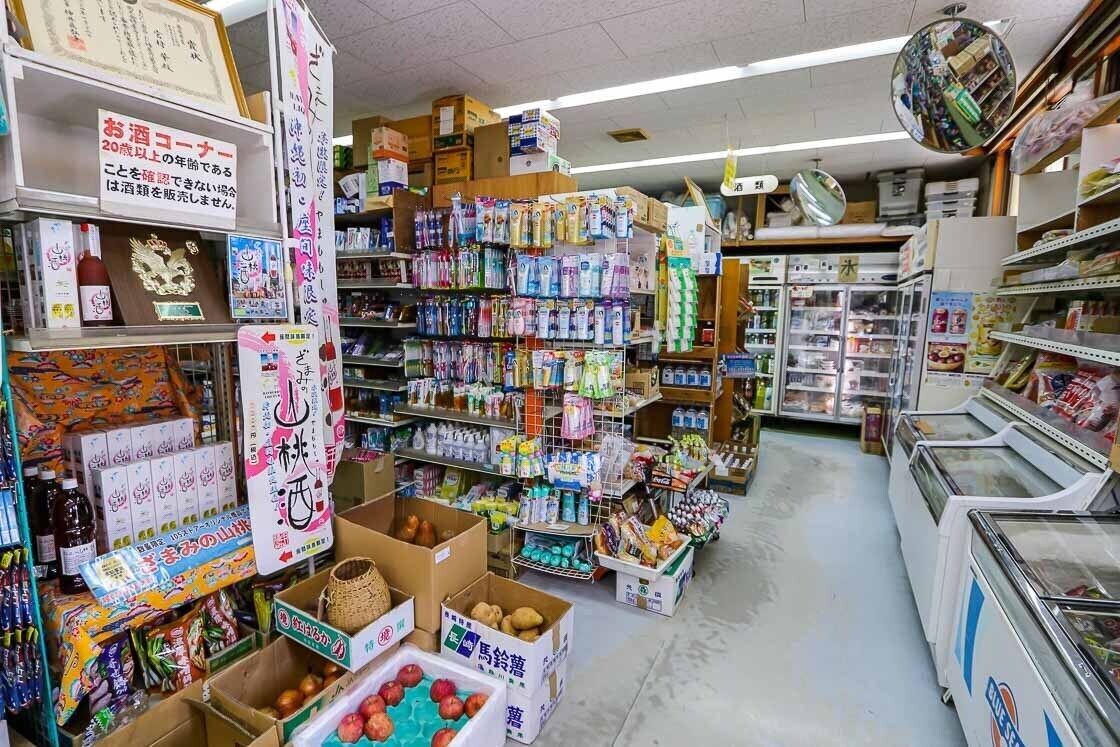
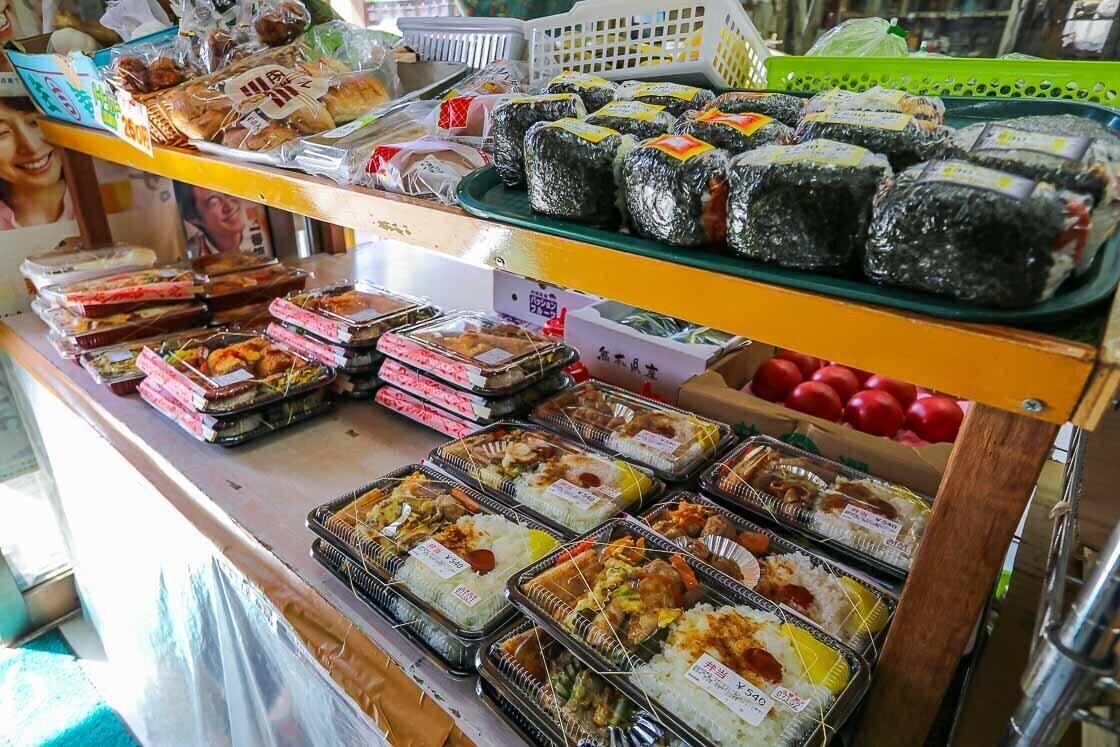
One of the sights I found interesting was a monument marking the date when the United States armed forces first set foot on Okinawa towards the end of World War 2. Zamami Island was one of the first places the US forces landed to launch their invasion of Okinawa, now known as the Battle of Okinawa. The US forces quickly overpowered Zamami Island and the remaining Kerama Islands in a matter of days before moving on to invade the main island of Okinawa. It was hard to imagine that this peaceful and idyllic island was once a casualty of war, in which approximately 1000 civilians and soldiers perished. It is said that the bloody Battle of Okinawa caused hundreds of thousands civilian and military casualties in a mere three months.
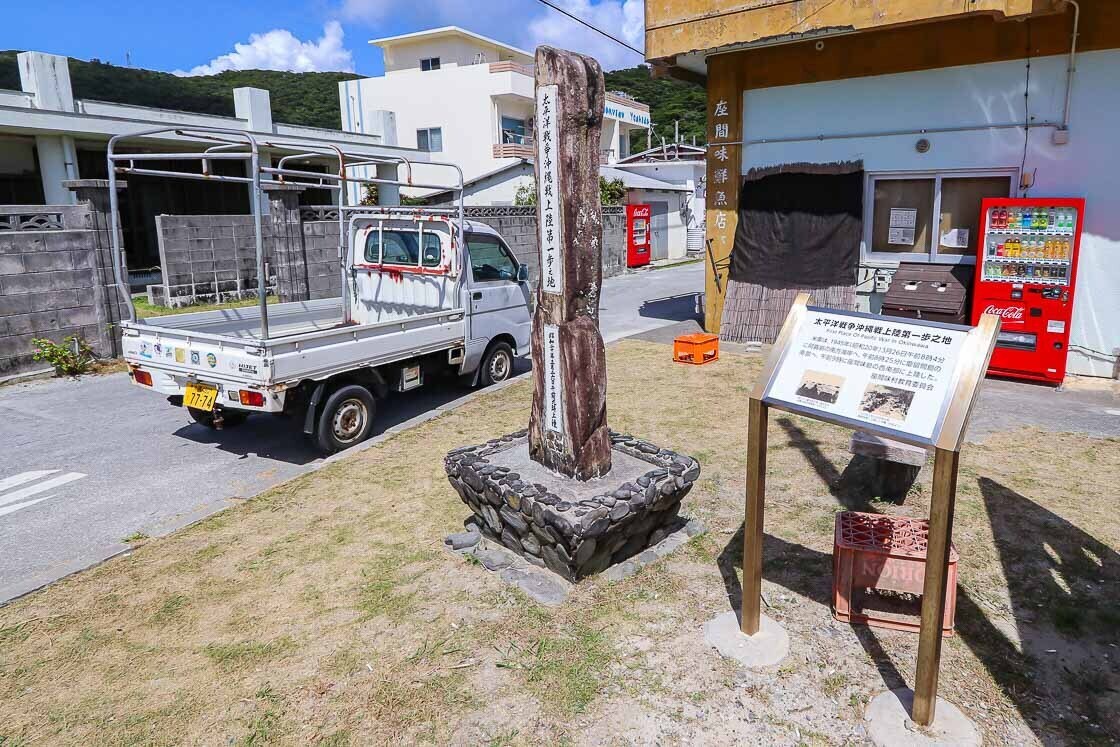
After that urban exploration of the village, I headed for dinner. The nice thing about dining at a local place while on holiday is getting a taste of what the local cuisine is like. As usual, I over ordered at dinner so that I could sample some local and seasonal ingredients. But, I had no regrets as everything was delicious, and I finished everything.
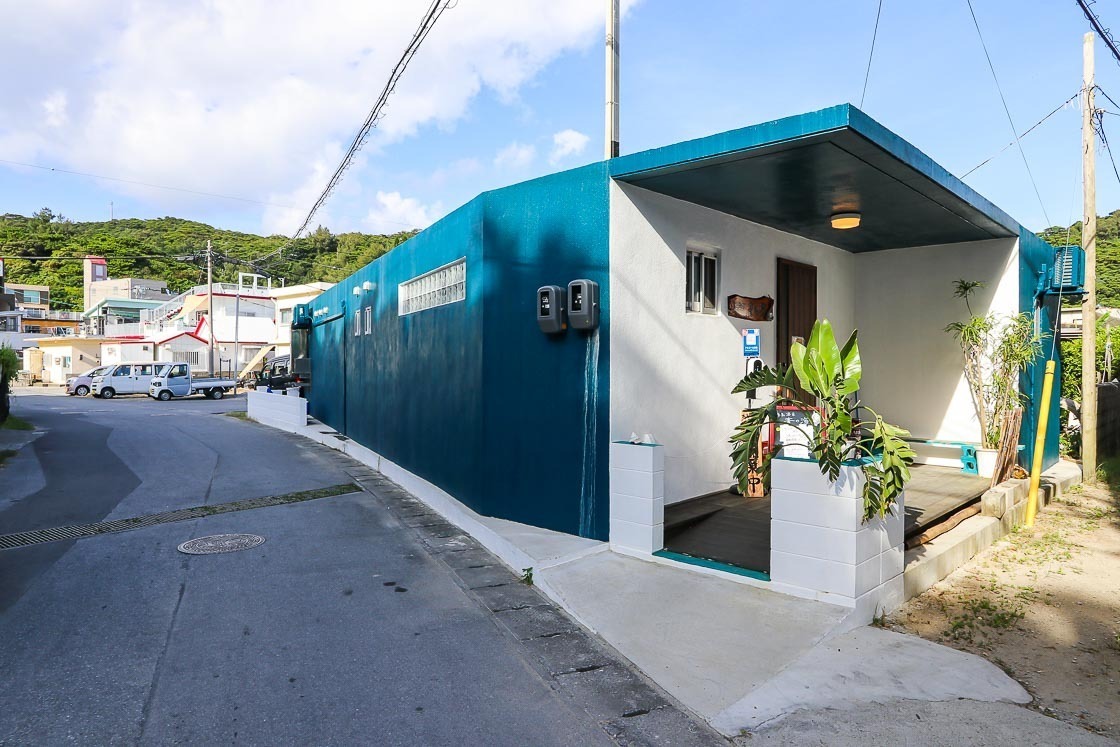
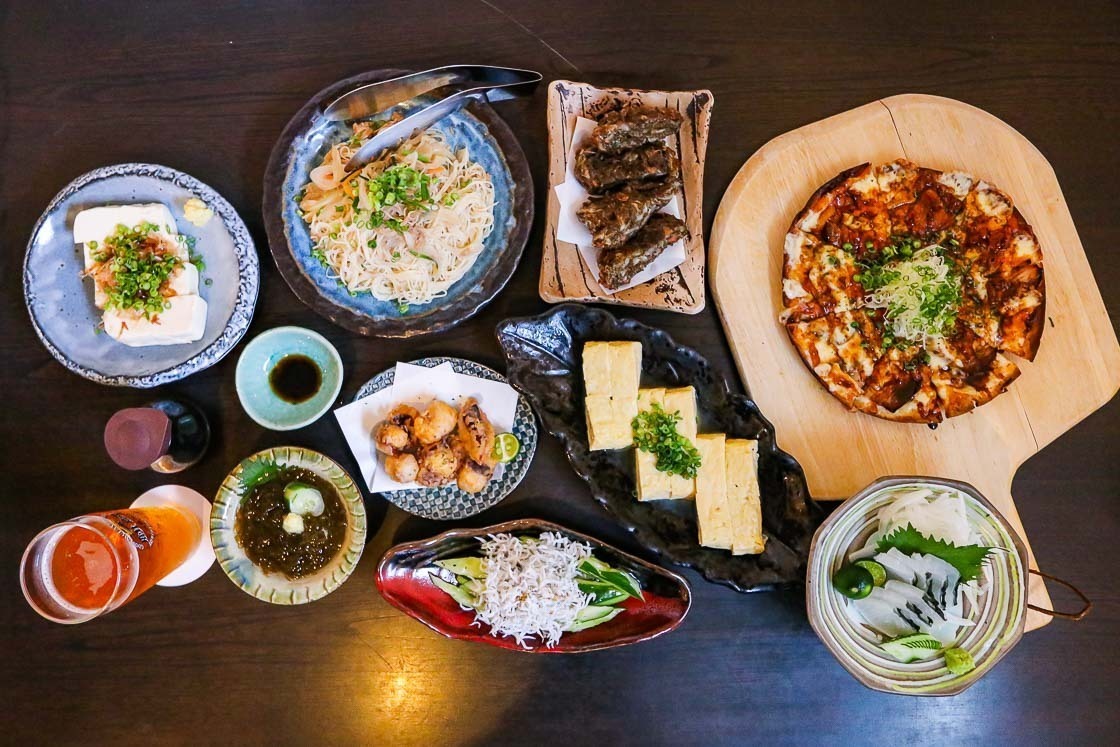
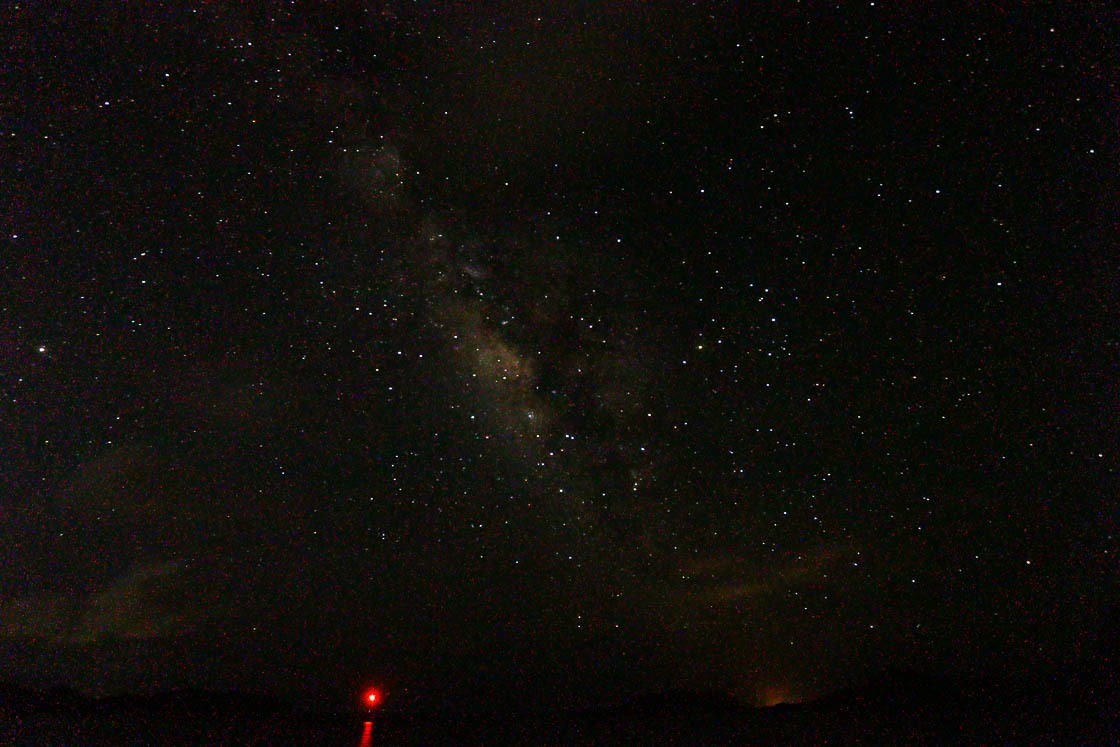
Day 2
Waking up early, I walked to Takatsukiyama Observation Deck in Zamami Village to catch the sunrise. The observation deck is about a 30-45 minute walk uphill from the main village and also one of the highest points on the island at 130 meters in elevation. There are two observation decks on the mountain, and from the first, I could see the main village on the one side, and on the other, I was treated to an ocean view and the neighboring island of Tokashiki, the largest of the Kerama Islands.
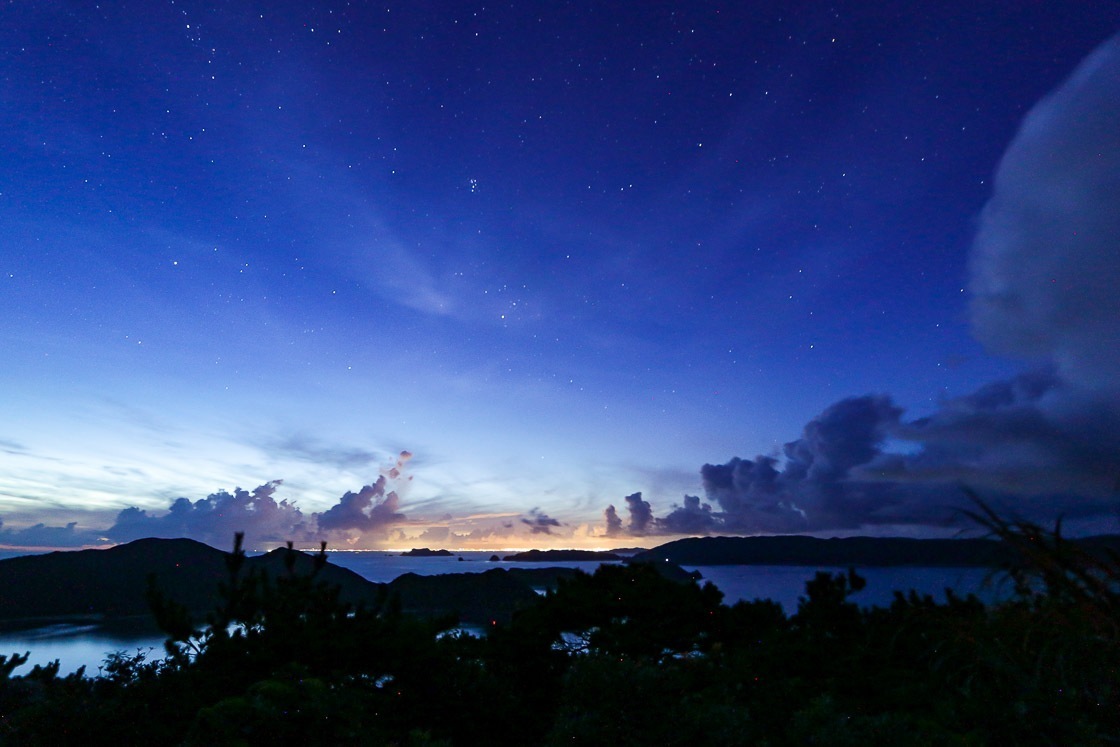
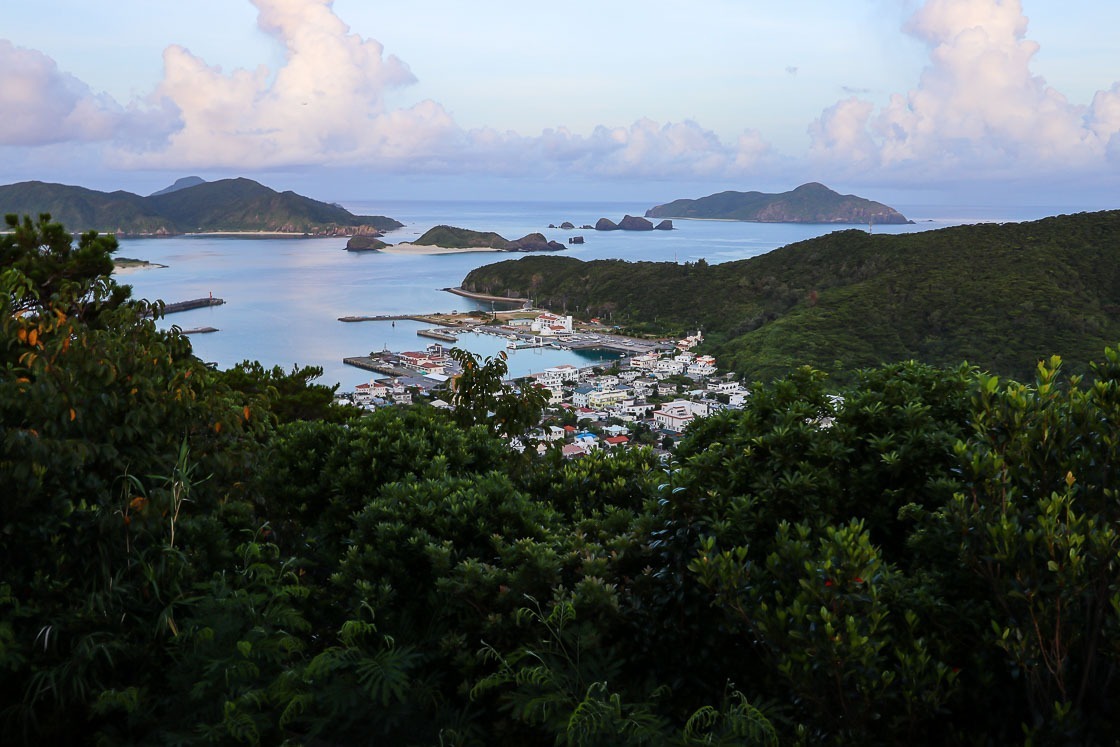
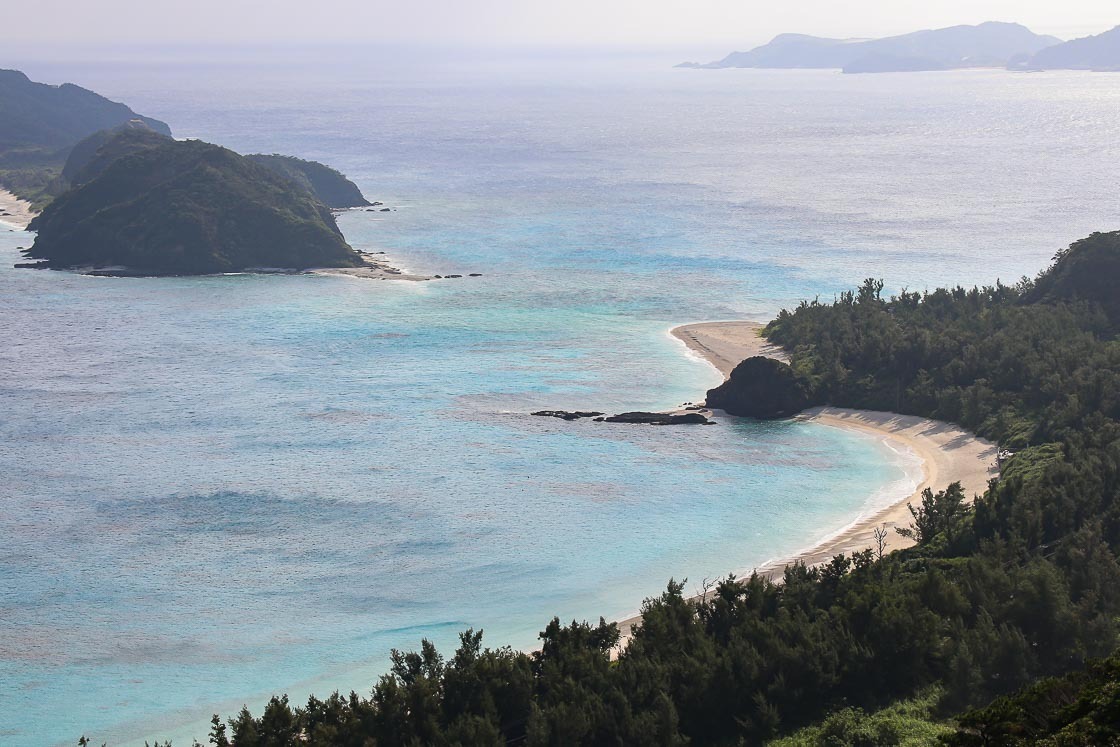
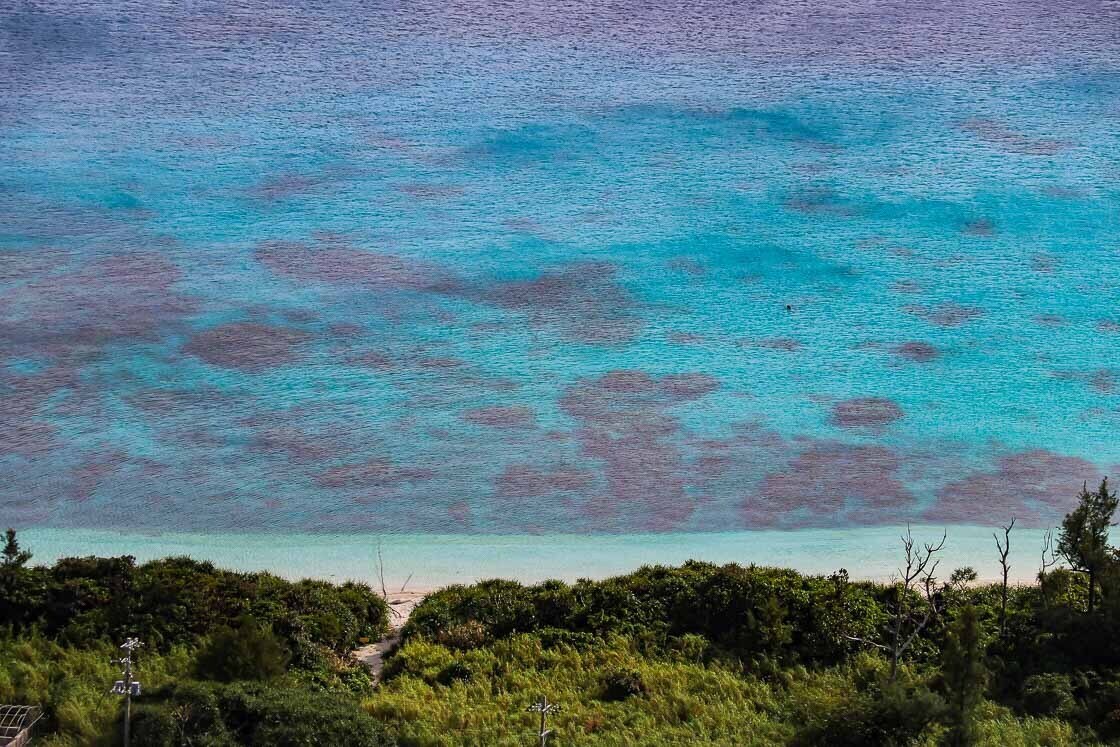
After the refreshing morning walk, I had breakfast and took a little rest at my accommodation before heading out again. This time, I cycled to the Marilyn dog statue less than ten minutes away from port. Why a dog statue, you might ask. Well, there is a heartwarming story behind this bronze statue, which faces Aka Island across the water. Based on a true story, Marilyn and Shiro were two dogs in love who were living on different islands separated by a body of water. Shiro, who lived on Aka Island, would swim across the water everyday to meet Marilyn , and this carried on until Marilyn's unfortunate death. Their story was made into a movie, Marilyn ni aitai, which propelled their fame. And yes, there is a statue of Shiro on Aka Island.
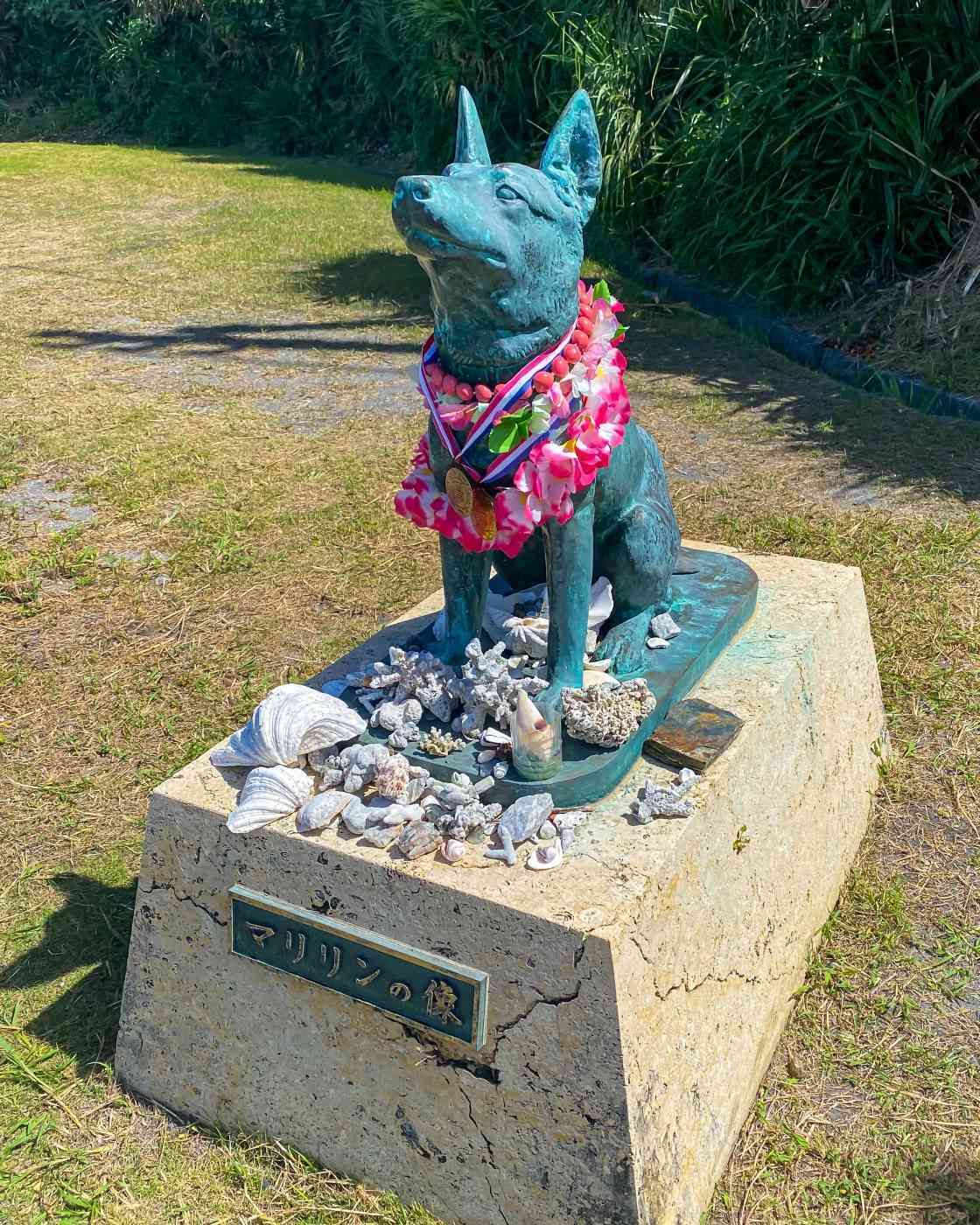
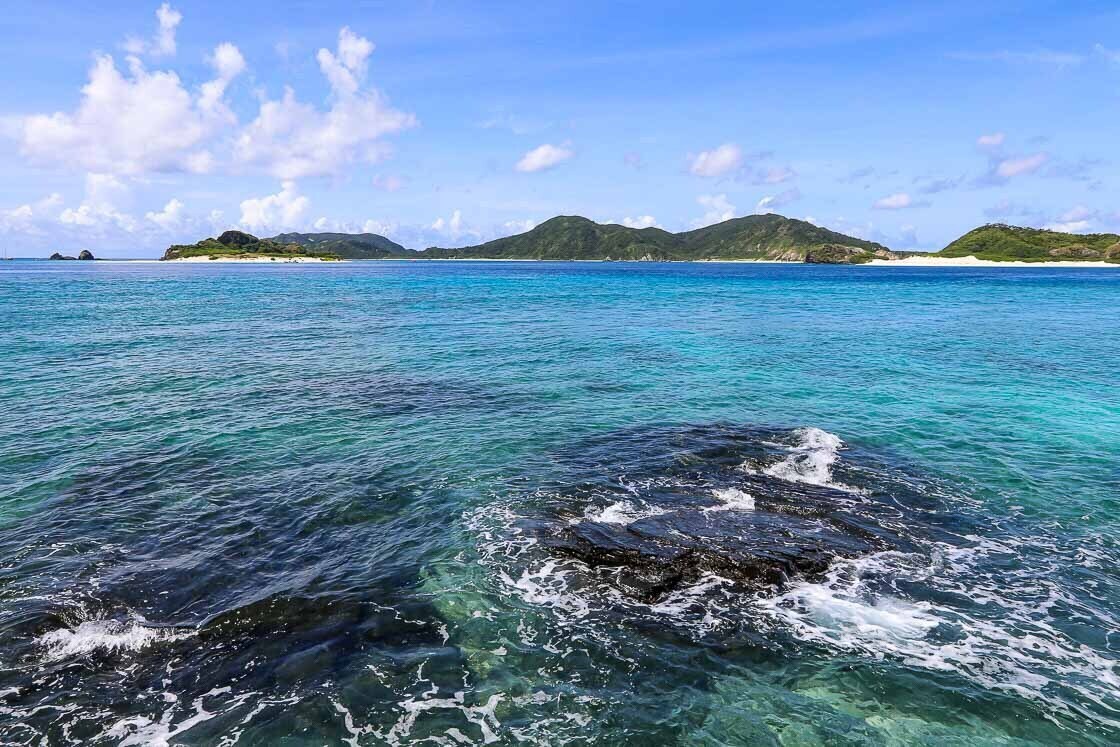
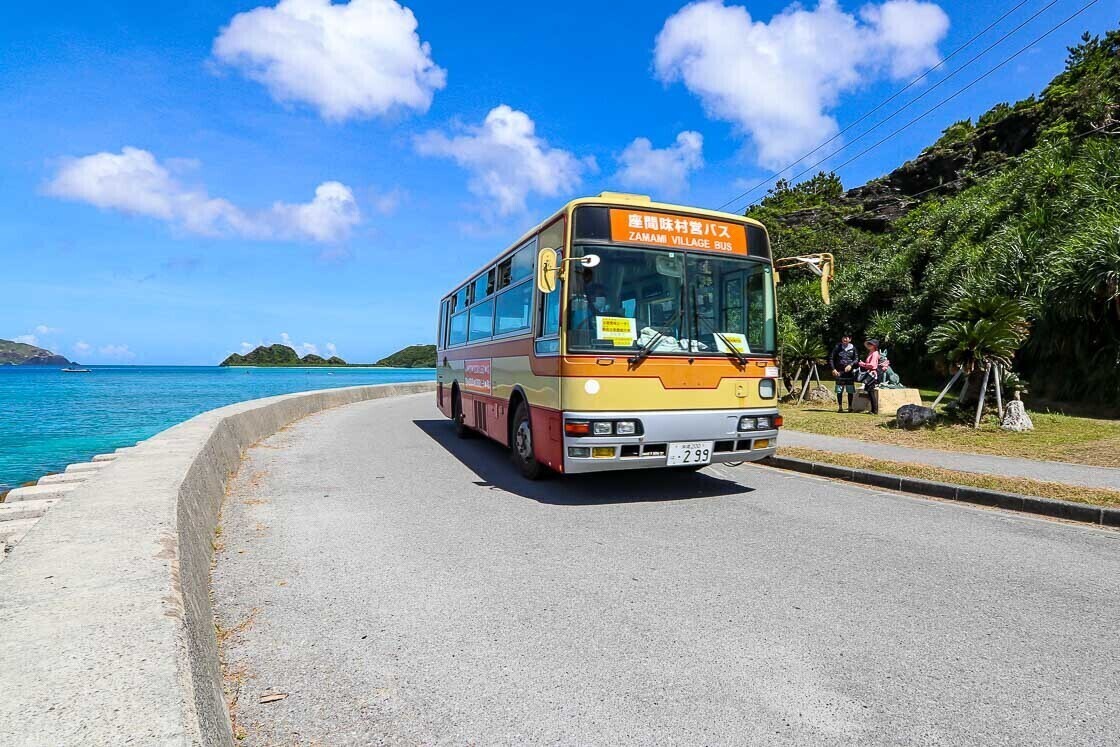
For my afternoon activity, I made advance reservations for a guided half day sea kayak and snorkeling tour with NatureLand Kayaks. Joining a tour is a great way to learn more about the local flora and fauna as well as the island. Local guides also know where the best places are. My tour included all the equipment like kayaks and snorkeling gear, and I did not have to prepare anything in advance save for my swimsuit. Sano-san, my knowledgeable guide, brought me to an uninhabited island, which is only accessible by tour, and explained about the landscape and geology of the islands while we were kayaking.
My half day tour was definitely one of the top highlights for me on Zamami Island. It was really exciting for me to see colorful coral and a couple of sea turtles chilling in the sea, and to swim with schools of fish. 10/10 would do again!
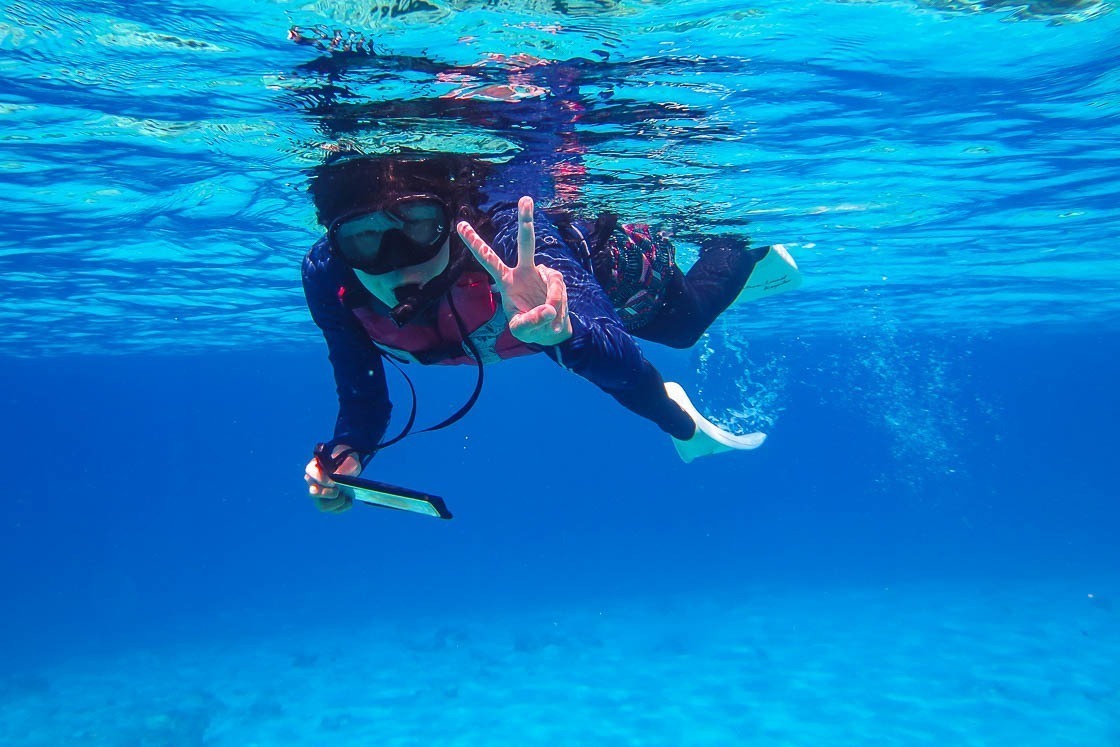
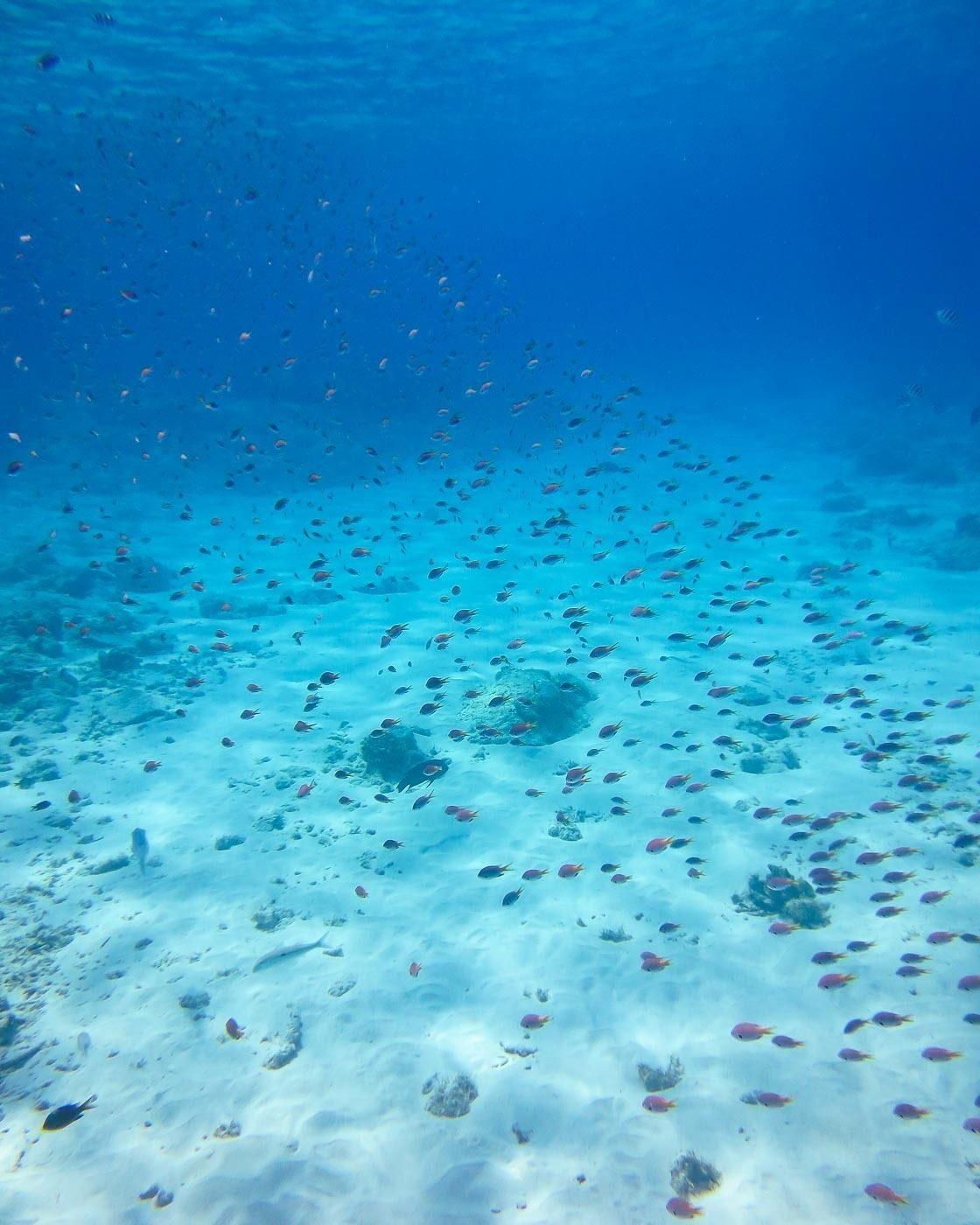
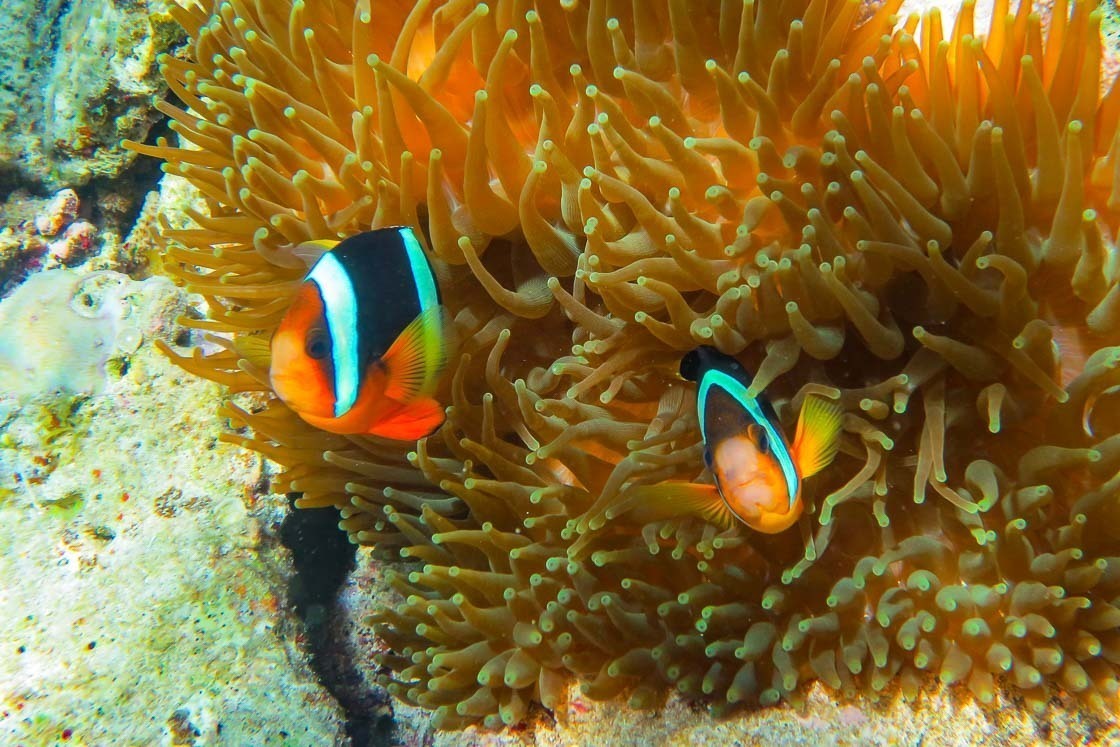
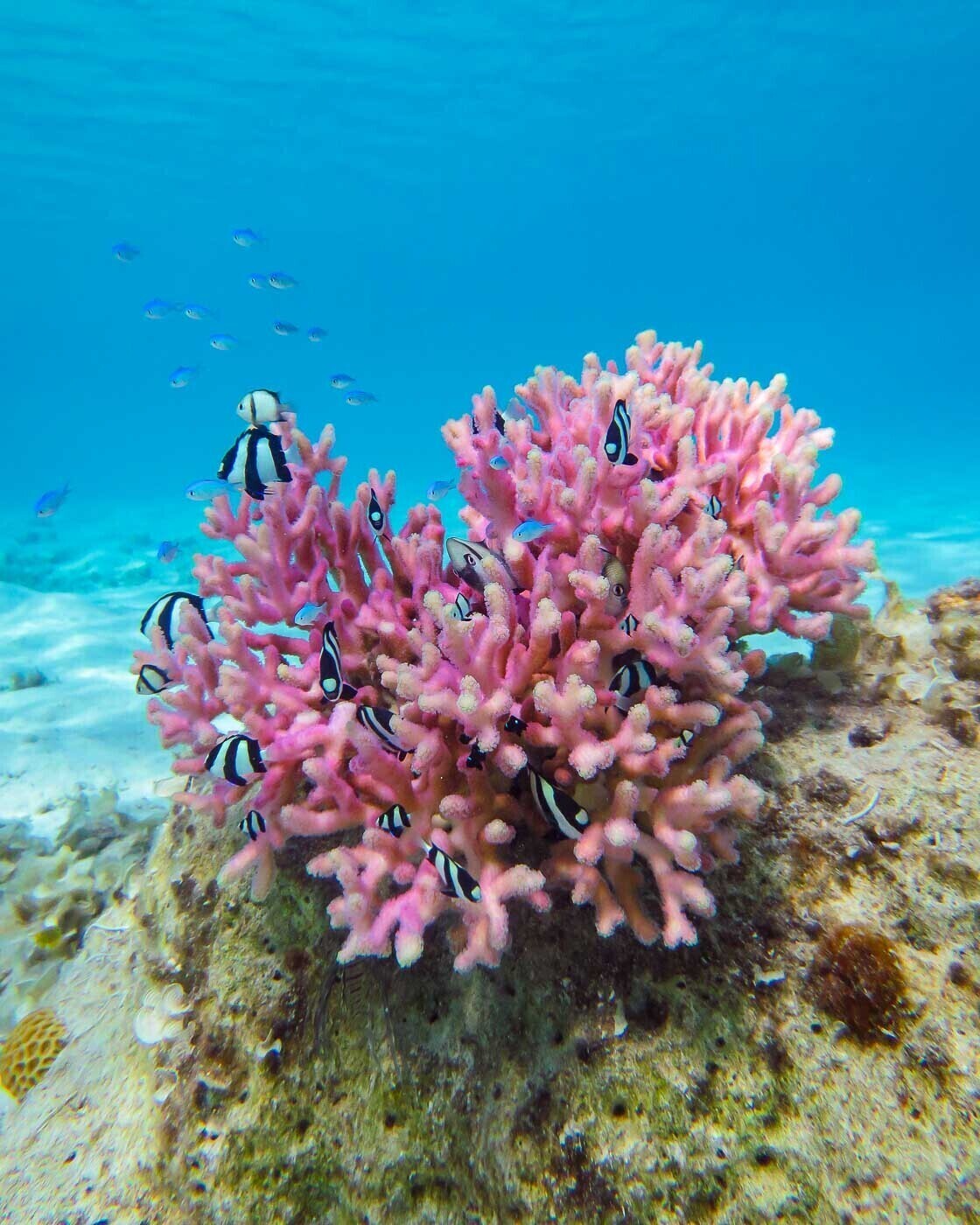
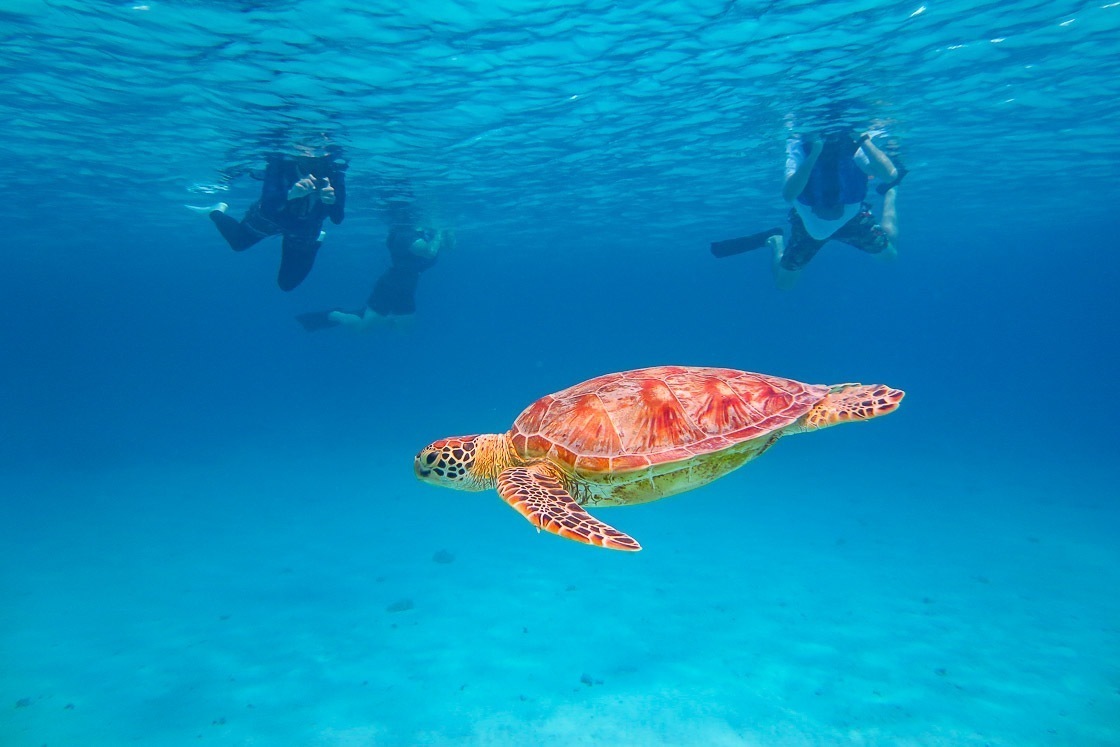
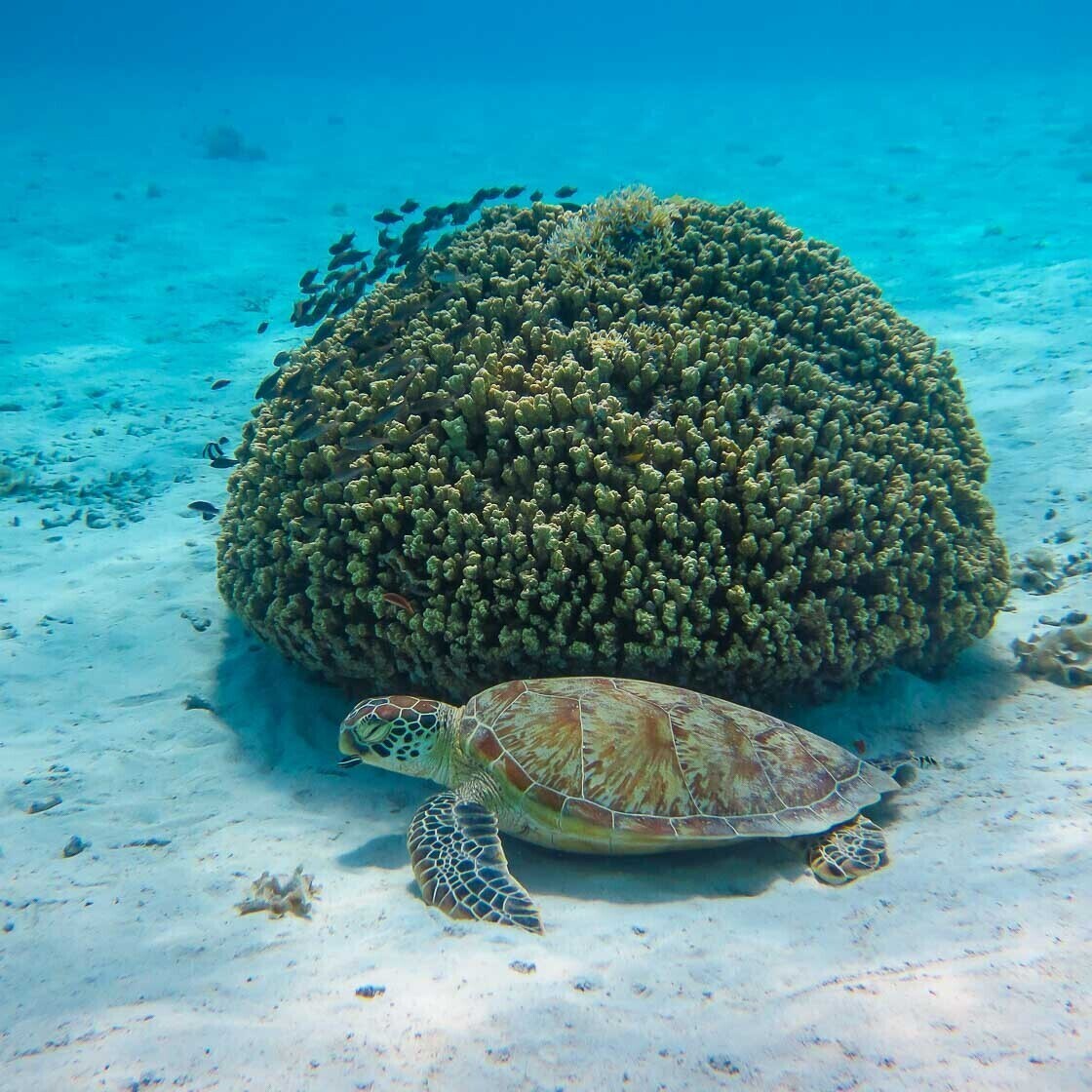
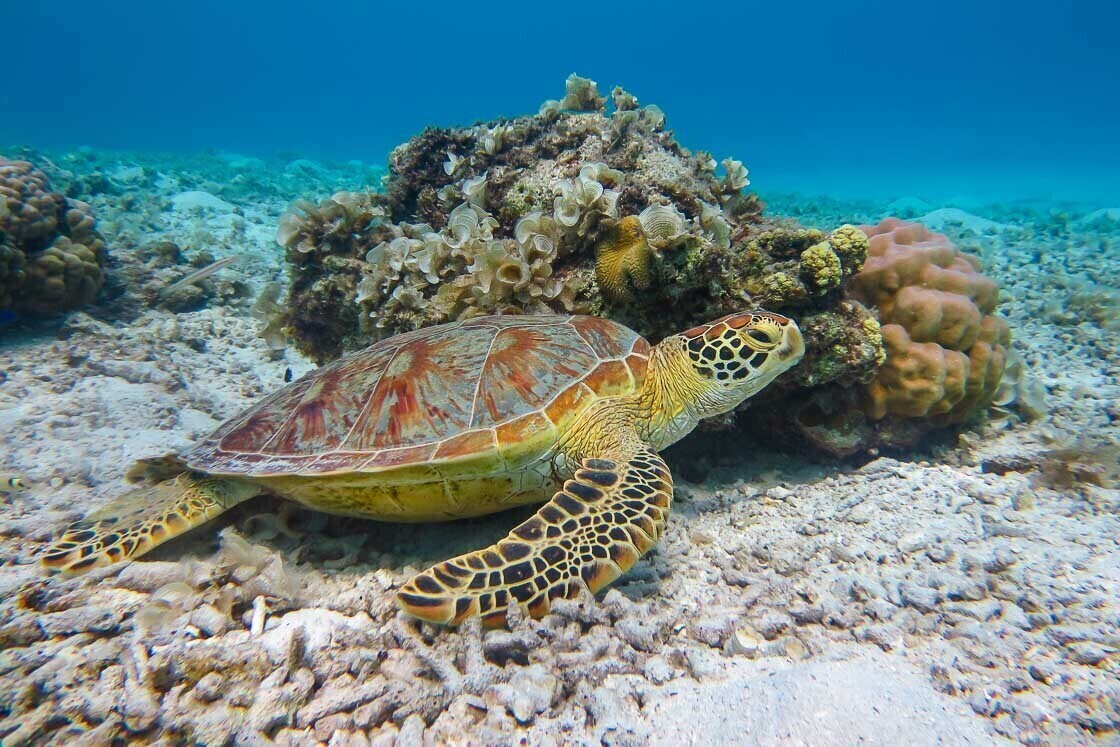
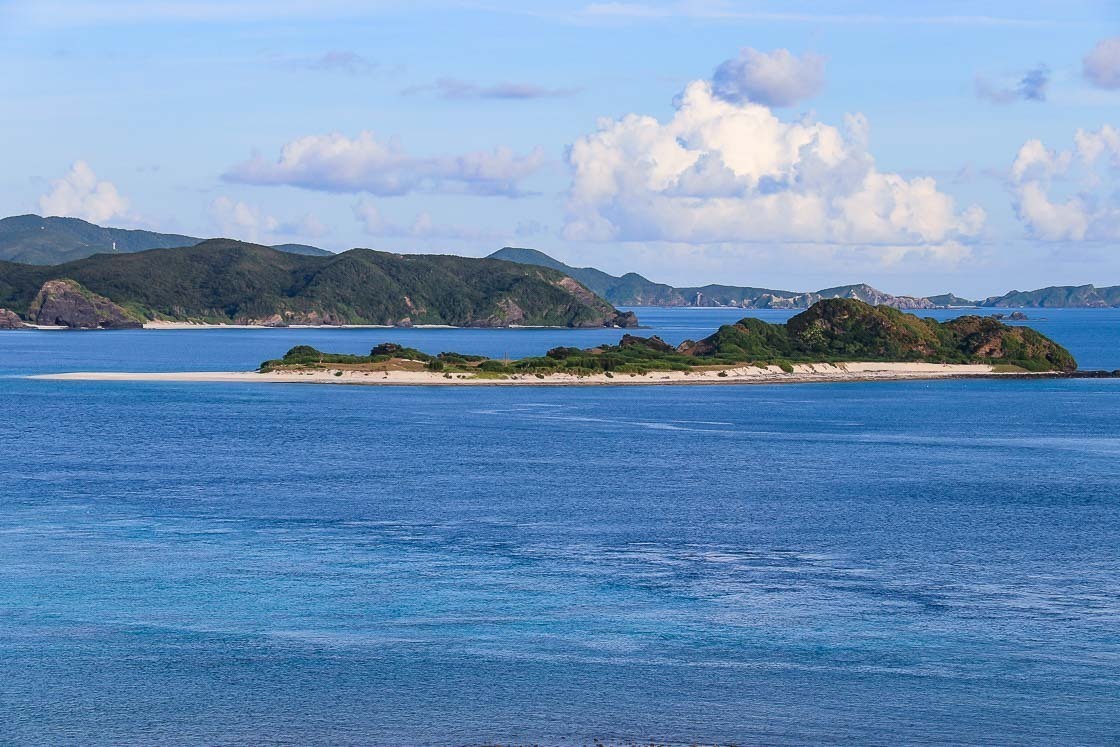
To bring my time on Zamami Island to a close, I cycled to the Kaminohama Observation Deck, a popular sunset viewing spot on the western end of the island. The bicycle ride took about 20 minutes and passed Ama Village, one of the three villages on the island. Watching the sunset felt like a fitting way to end my perfect island holiday, and one I would remember for a long while.
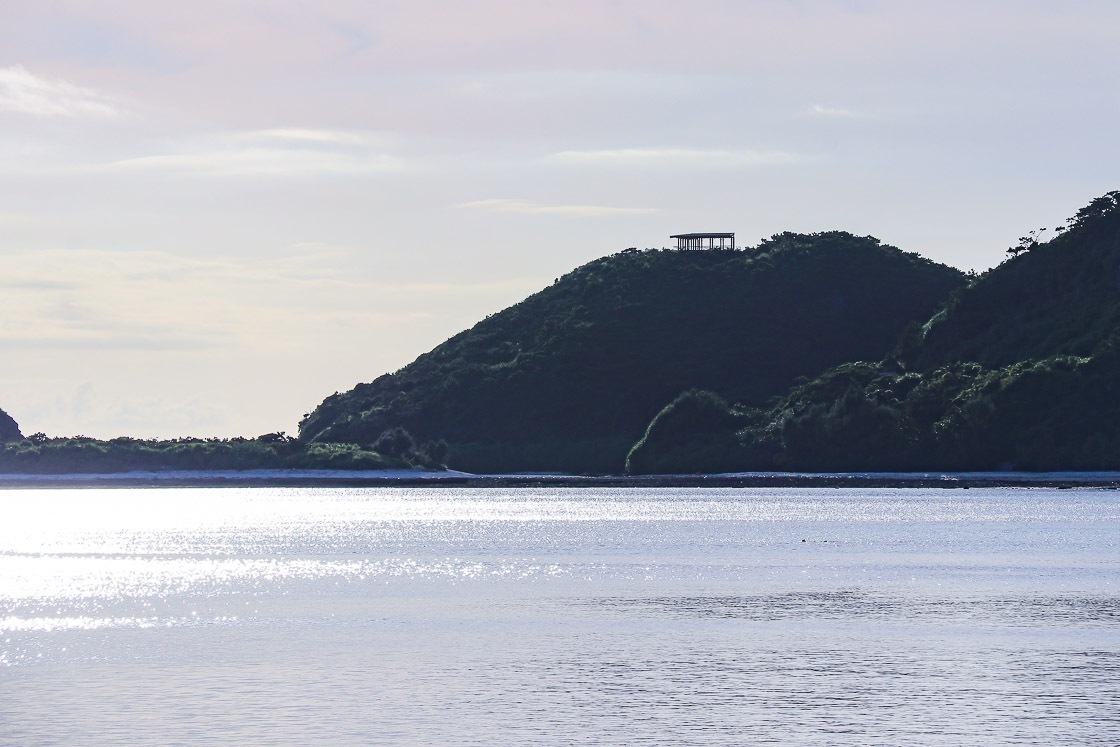
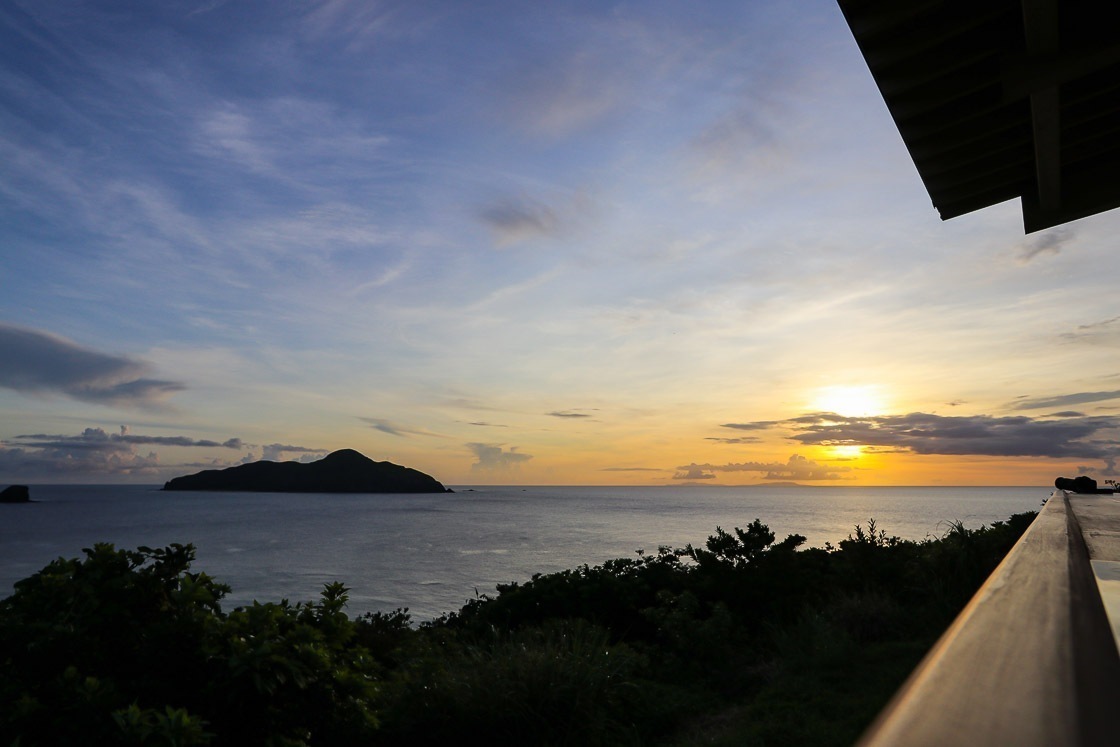
About national parks
The Kerama Islands are just one of the 34 national parks located throughout Japan, covering an impressive 6% of the country's total land. Established in 1931 to designate areas of scenic beauty and protect delicate ecosystems, they include a wide range of environments from volcanoes to marine habitats.
Each national park is managed by a dedicated workforce of park rangers. From administrative functions like zoning and authorizations to conducting wildlife surveys or working to actively restore threatened habitats, these are the men and women who ensure that Japan's natural heritage is both accessible to the public and protected for future generations.
To plan your own adventure in Japan's national parks, head over to the official website or check out our own info page.
Access
The Kerama Islands are about 40 kilometers west of Naha, the prefectural capital of Okinawa. The islands are accessed by high speed boat or ferry from Naha, and the closest airport with scheduled flights is Naha Airport.
Tomari Port is the ferry terminal in Naha, from where the high speed boats and ferries bound for the Kerama Islands depart.
How to get to the Kerama Islands
Zamami and Aka Islands
- Queen Zamami (high-speed boat) - around 50 minutes one way, and 6080 yen round trip
- Ferry Zamami (slower car ferry) - around 90 minutes one way, and 4090 yen round trip
Prices are valid as of September 23, 2021. Updated information about the ferry schedule is available on Zamami Island's official website.
Tokashiki Island
- Marine Liner Tokashiki (high-speed boat) - around 40 minutes one way, and 4810 yen round trip
- Ferry Tokashiki (slower car ferry) - around 70 minutes one way, and 3210 yen round trip
Prices are valid as of September 23, 2021. Updated information about the ferry schedule is available on Tokashiki Island's official website.

All staff involved in the making of this video took the necessary precautions against the spread of the coronavirus as outlined by the government. As the sale of alcohol is not permitted during the state of emergency, non-alcoholic beer was consumed in the video.
Discover more
- Learn more about Keramashoto National Park
- Learn more about the National Parks of Japan
- Learn more about Okinawa
